Our first stop, as always, was at the State Park’s Visitor Center Complex where we picked up maps of both parks.
Here is the map of the State Park.
There are exhibits about the LBJ Ranch and presidential years as well as the history and wildlife of the area (Texas Hill Country) in a building attached to the Visitor Center
Also in the Visitor Complex is the Danz log cabin (c 1840). Built in the dog-trot style, it is two cabins with a breezeway.
We took the Paseo Del Arroyo Nature Trail to the Sauer-Beckmann Farm. It was wonderful to see this redbud blooming!
A mural of the history of the area since 1900 is displayed at a pavilion along the trail.
In a field nearby this bull and our sweet doggie, Sadie, started a stare down. Chickens, sheep, and cattle are part of the Sauer-Beckmann Living History Farm (1915-1918).
Everyday chores (milking, egg gathering, caring for livestock, cleaning, butter churning, cheese making, plowing with horses, canning) happen year-round at the farm. Period furnishings can be seen in the family home.
The farm was originally settled in 1869 by Johann and Christine Sauer. They had ten children and one of them, Augusta Sauer Lindig, served as a mid-wife at the birth of LBJ. And, we know Augusta’s great-great-great niece. Wow!
Continuing on the nature trail, we wanted to check out the bison. More than 30 million bison roamed the plains in the 1500s. A period known as the Great Slaughter (1874-1877) almost eliminated the southern bison herd. By 1888, less than 1,000 remained. Charles and Mary Ann Goodnight gathered orphaned bison and raised them on their ranch. Descendants of that herd were donated to the Texas Parks in 1977 and became the official Texas State Bison Herd.
Across the Pedernales River from the state park is the LBJ Ranch.
We hopped in the car and drove to the LBJ National Historical Park stopping first at the Junction School. LBJ learned to read at age four in this one-room school. 53 years later, Johnson returned as president, to sign the Elementary and Secondary Education Act at this location.
The entrance to the National Historic Site is next to the school.
LBJ was buried at the Johnson Family Cemetery in January, 1973. Generations of Johnsons are buried here. Ladybird’s grave is next to her husband’s.
Near the cemetery is the reconstructed home where LBJ was born in 1908, the first child of Sam and Rebekah Johnson. He lived in the house until he was about 5. Rebuilt in 1964 for guests visiting the LBJ ranch, today it is furnished with period pieces.
LBJ’s grandparents lived out their lives in a modest farmhouse located near his birthplace. Longhorns can be seen in several areas of the ranch.
As we drove to the Show Barn, we saw several deer running through the fields.
The Show Barn is the center for present day ranch operations. Cattle are cared for here and prepared for sale or shows. LBJ maintained two herds: one for beef and the other for breeding livestock. Shown below a goat and her twin kids and a cow and her twin calves.
In 1953, LBJ built a 3,000’ grass landing field on the ranch to improve his travel time between the ranch and Washington, DC. By the time he was president, he had upgraded it to a 6,300’ asphalt landing strip. Even so, Air Force One was too large to land at the ranch. Therefore, LBJ (and his guests) would fly to Austin and take either a Sikorsky helicopter or the Lockheed Jetstar shown below to the ranch. It is half the size of Air Force One.
The Visitor Center has displays of LBJ’s legacy.
The home on the LBJ ranch was known as the Texas White House when he served as President. It overlooks the Pedernales River. Tours are offered ($3/per), but we did not see the interior (as we had our sweet doggie, Sadie, with us).
The Secret Service maintained a presence with the Johnson family for 47 years (beginning in 1961). While at the LBJ Ranch they stayed in this small house near the family home.
Vehicles that LBJ owned are displayed in the airplane hangar. The 1915 Fire Truck was restored with bench seats and presented to LBJ in 1964 by the town of Brady, TX. He would transport visitors around the ranch in it. His car of choice was a white Lincoln Continental convertible; below is a 1966 and 1967 models he owned. The all-terrain hunting vehicle (1934 Ford Phaeton) was equipped with a wet bar and used to take guests deer hunting in it. I checked them out while John and Sadie waited for me outside.
We enjoyed our visit to both parks more than I had expected. There’s a lot of interesting history to learn hear about those that settled in this part of the country and the lifestyle of farmers and ranchers in the Hill Country.
There is also a Visitor Center and Historical Park buildings in Johnson City, where LBJ grew up. For additional information about the Lyndon B. Johnson National Historical Park, go to www.nps.gov/lyjo.
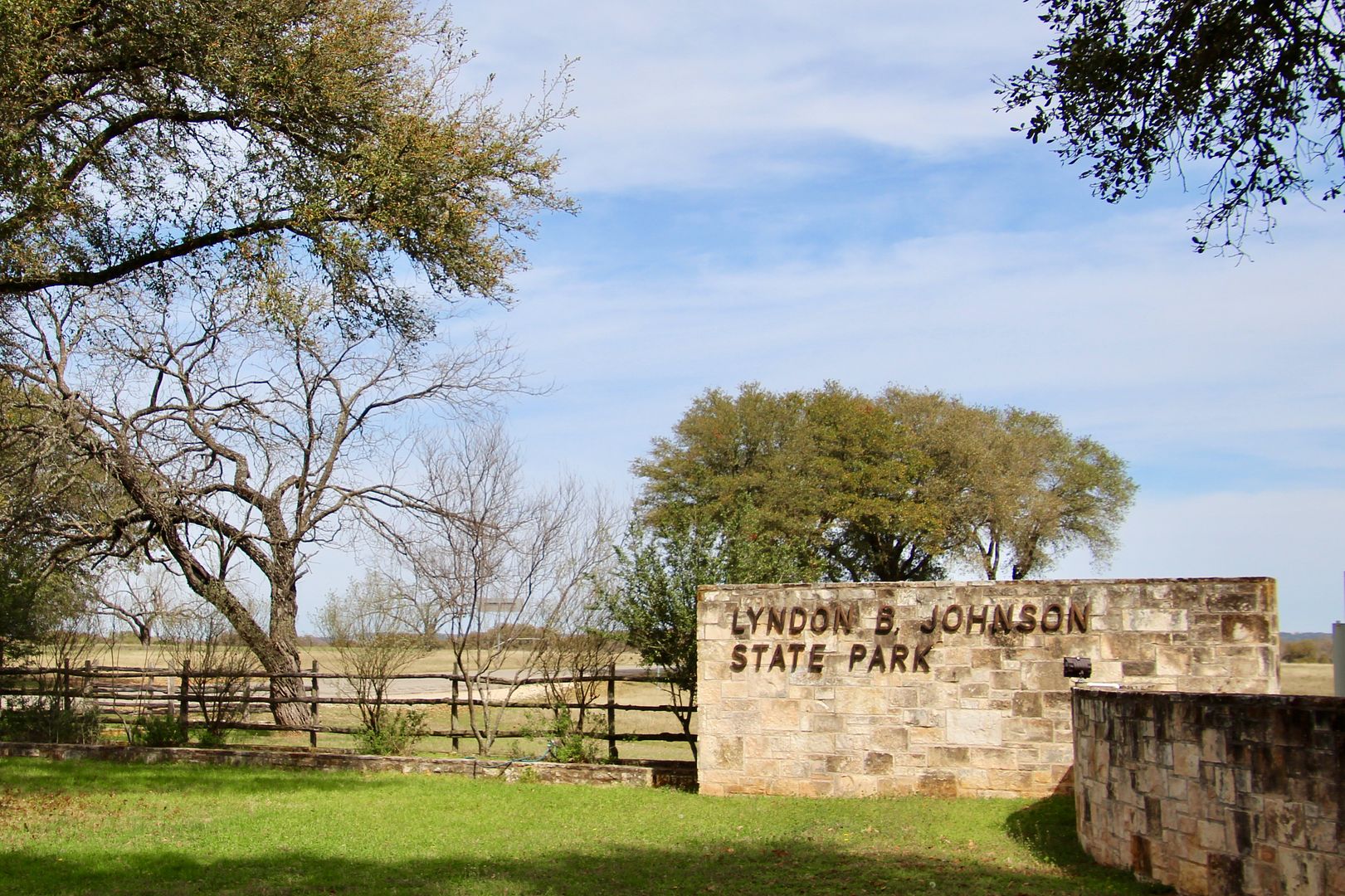
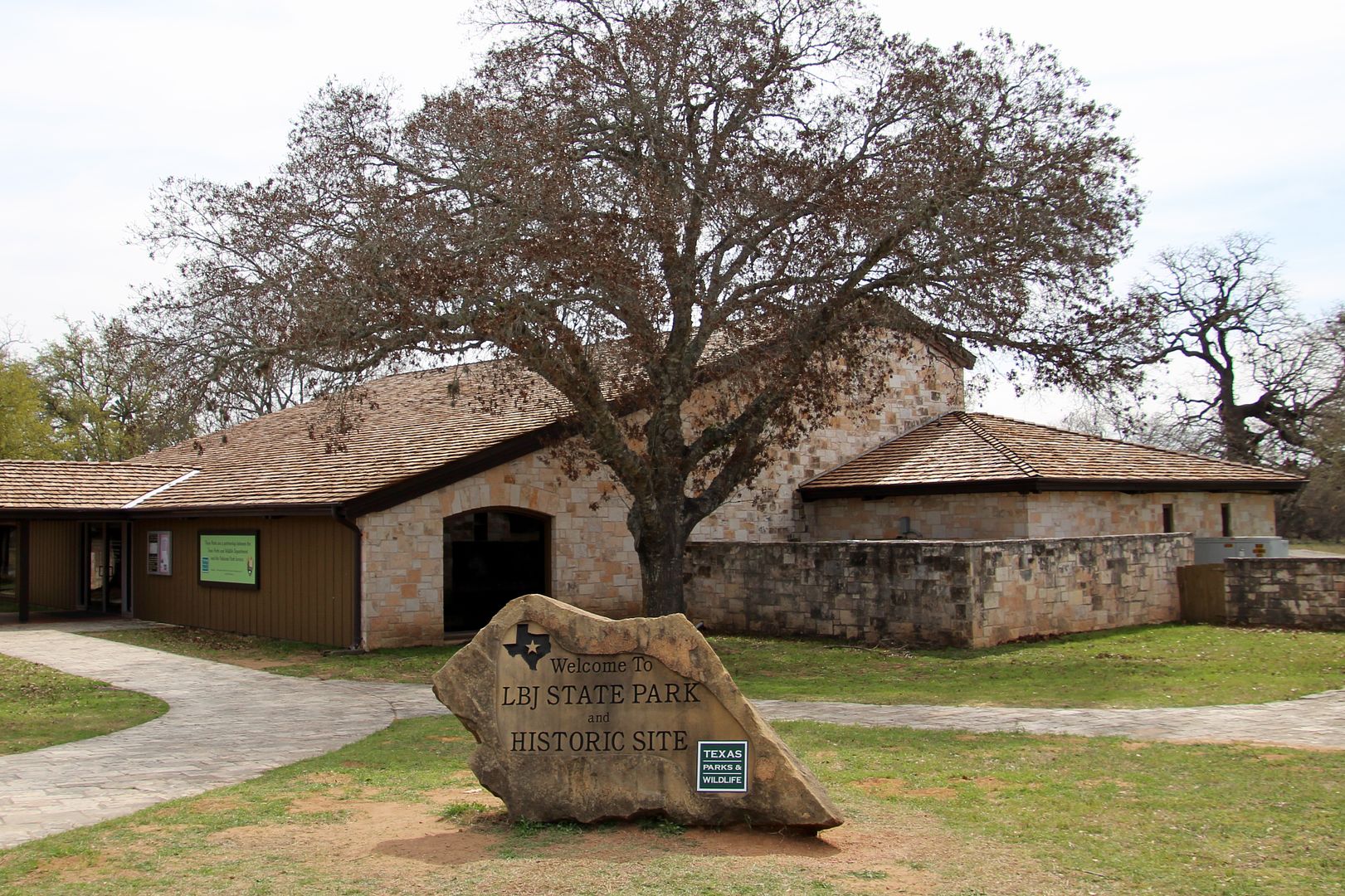
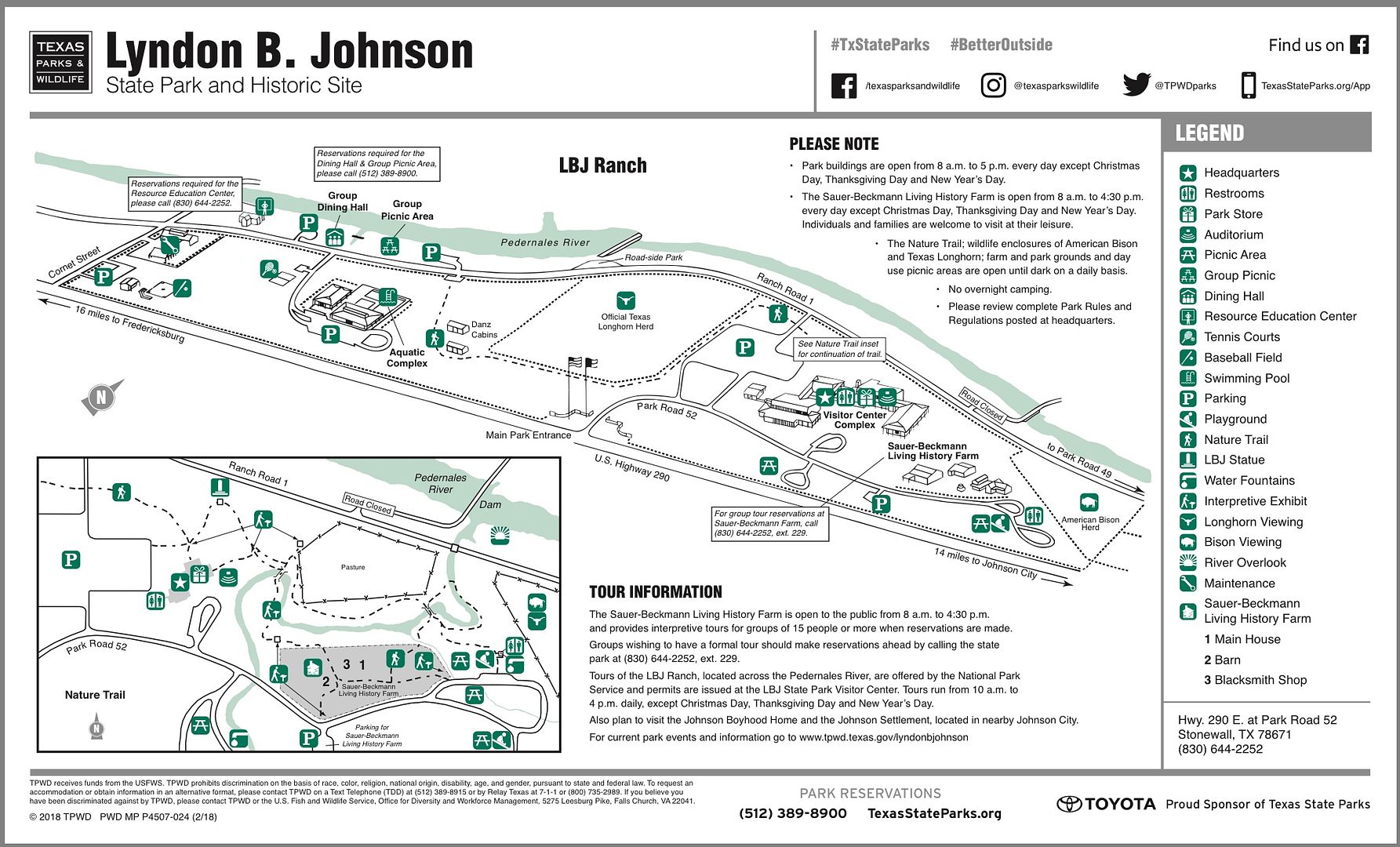
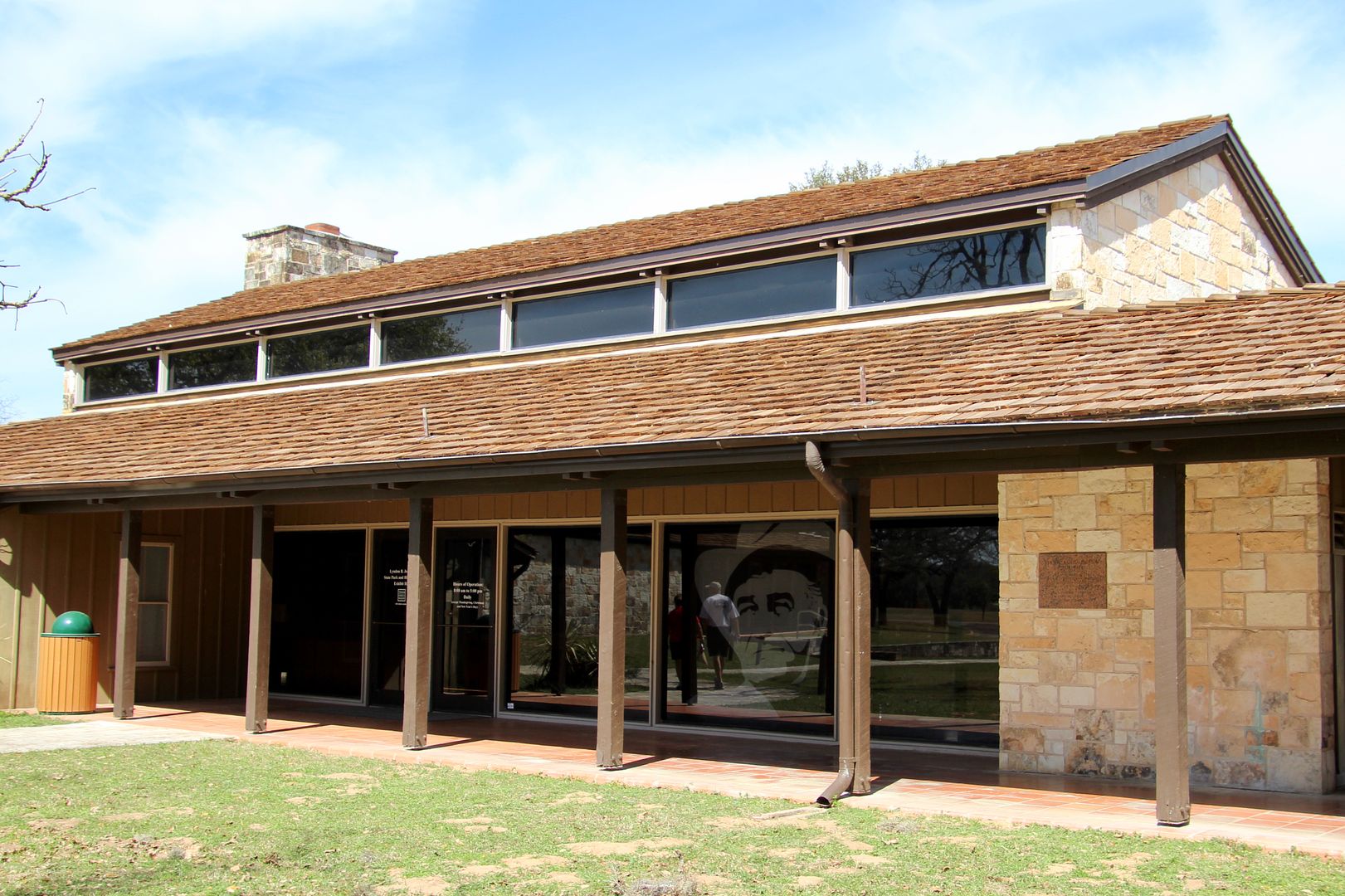
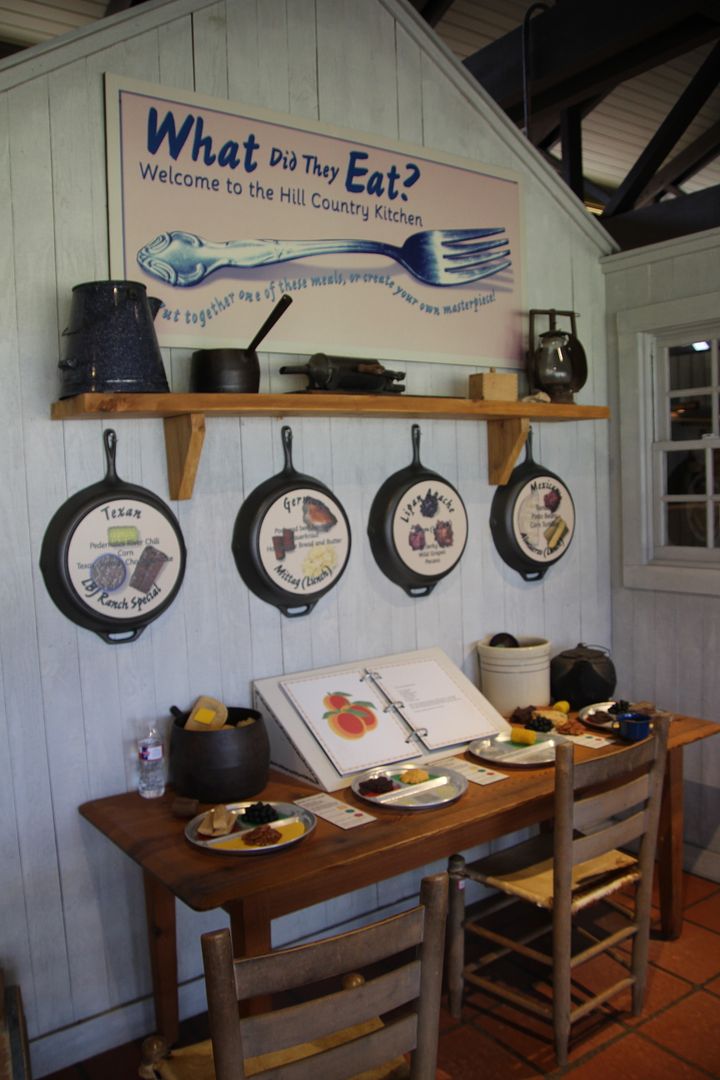
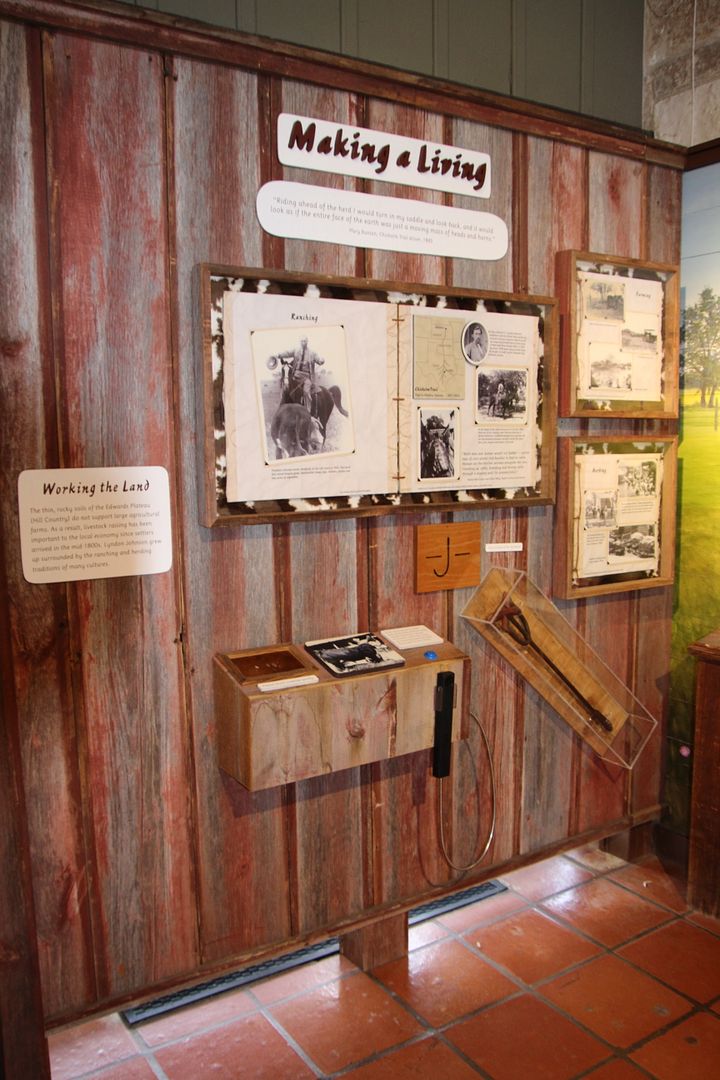
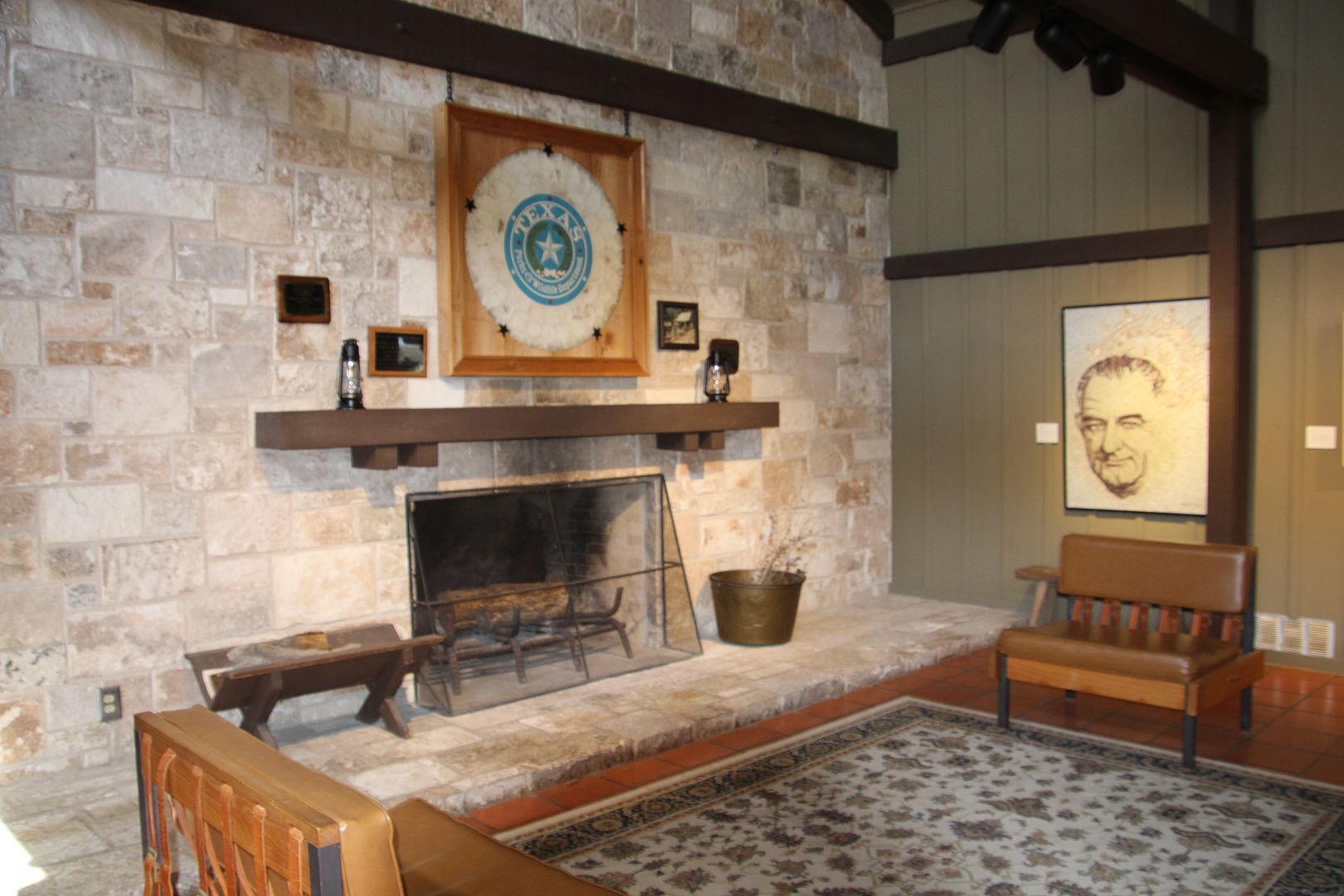
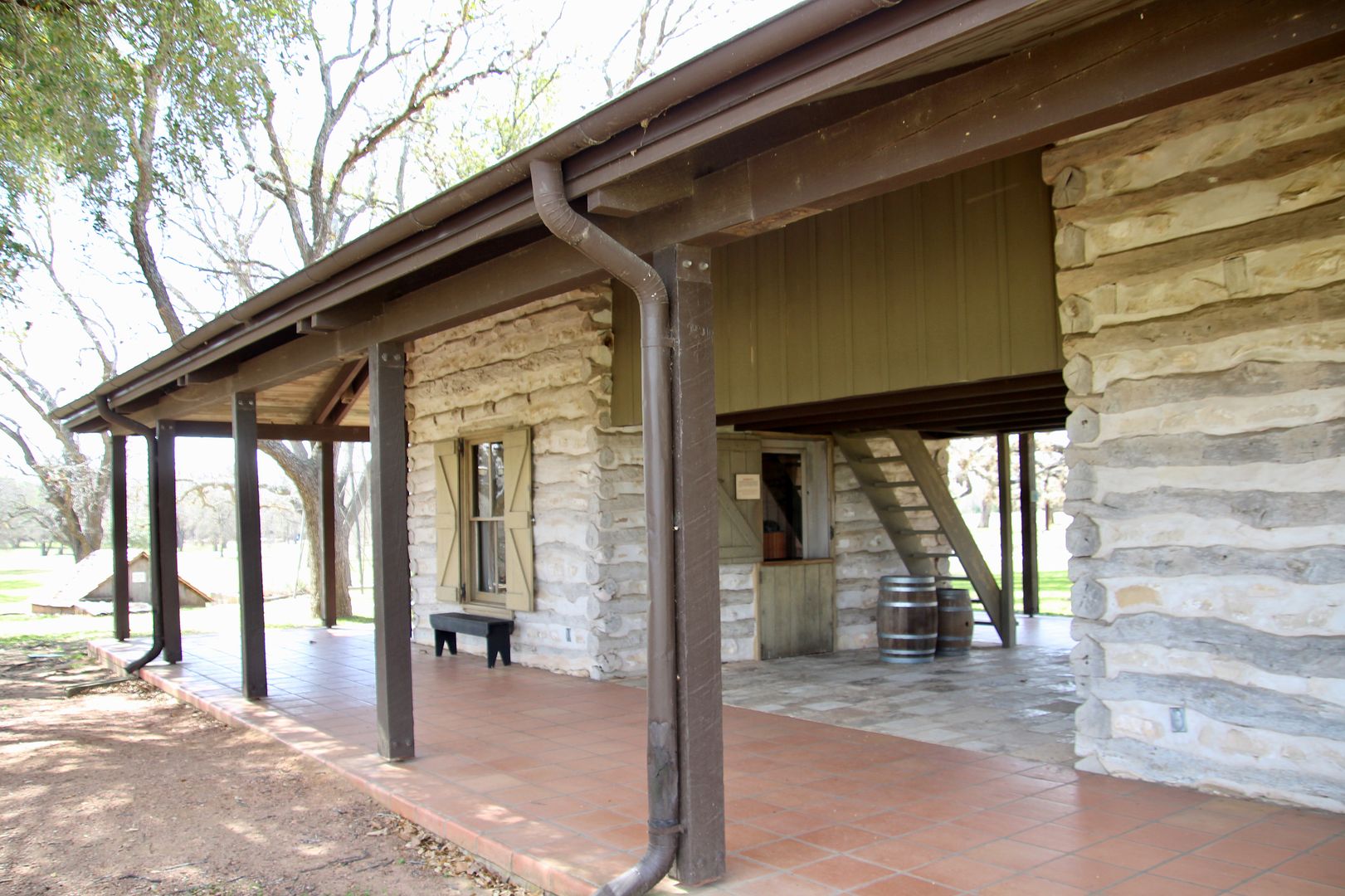
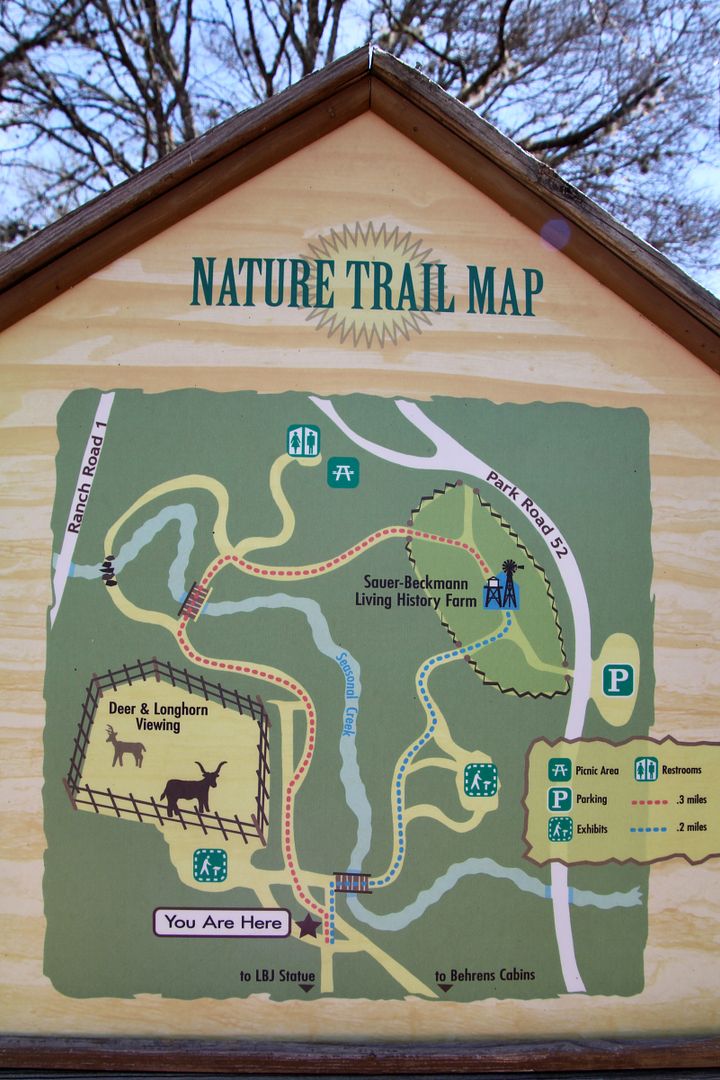
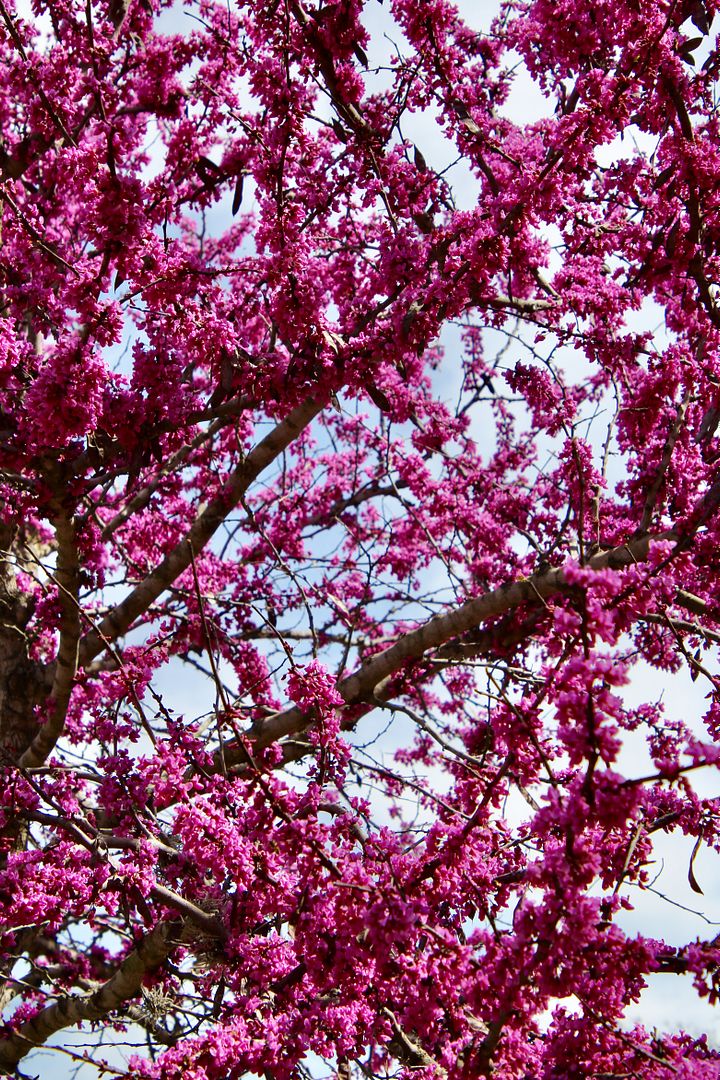
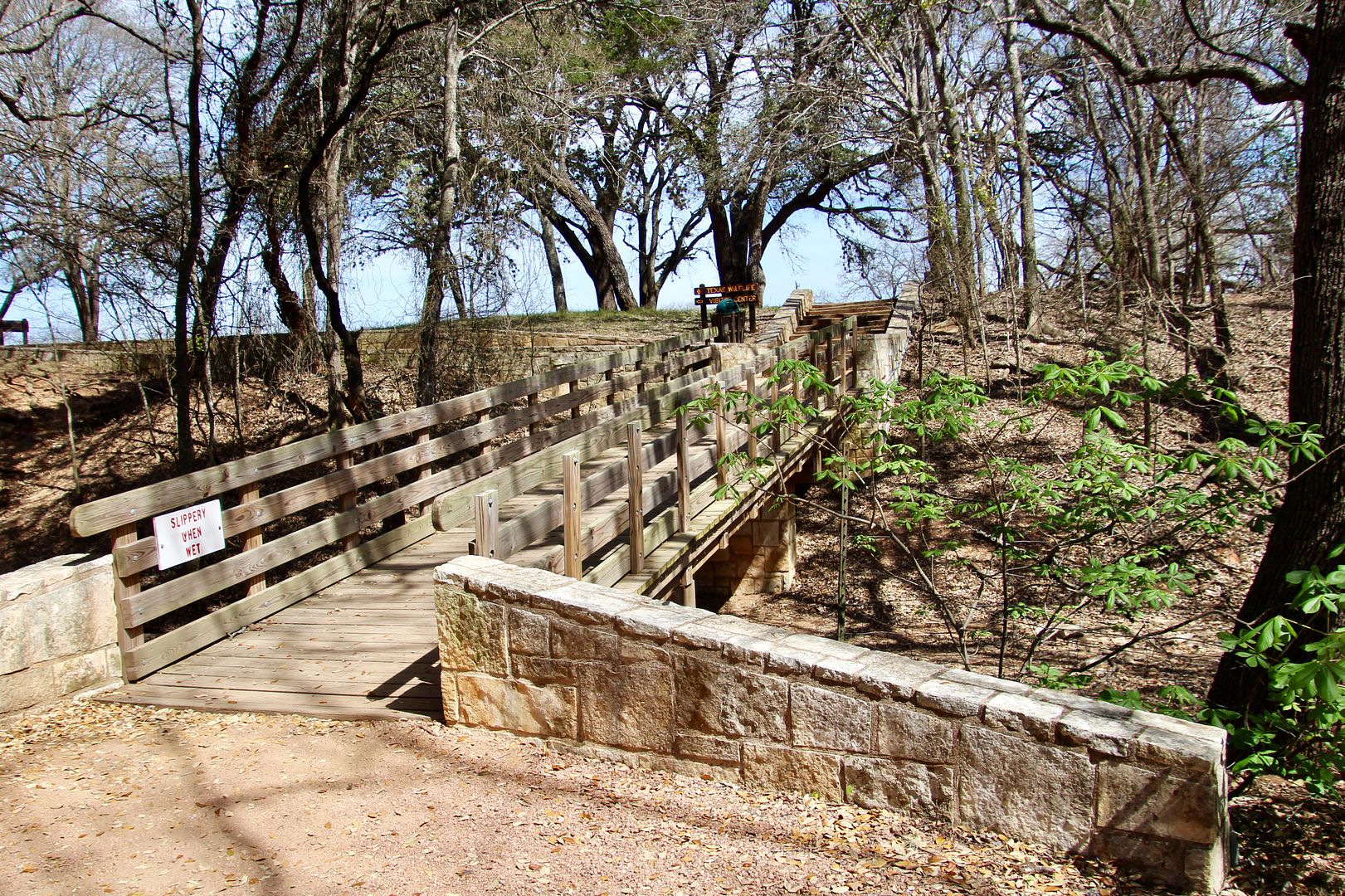

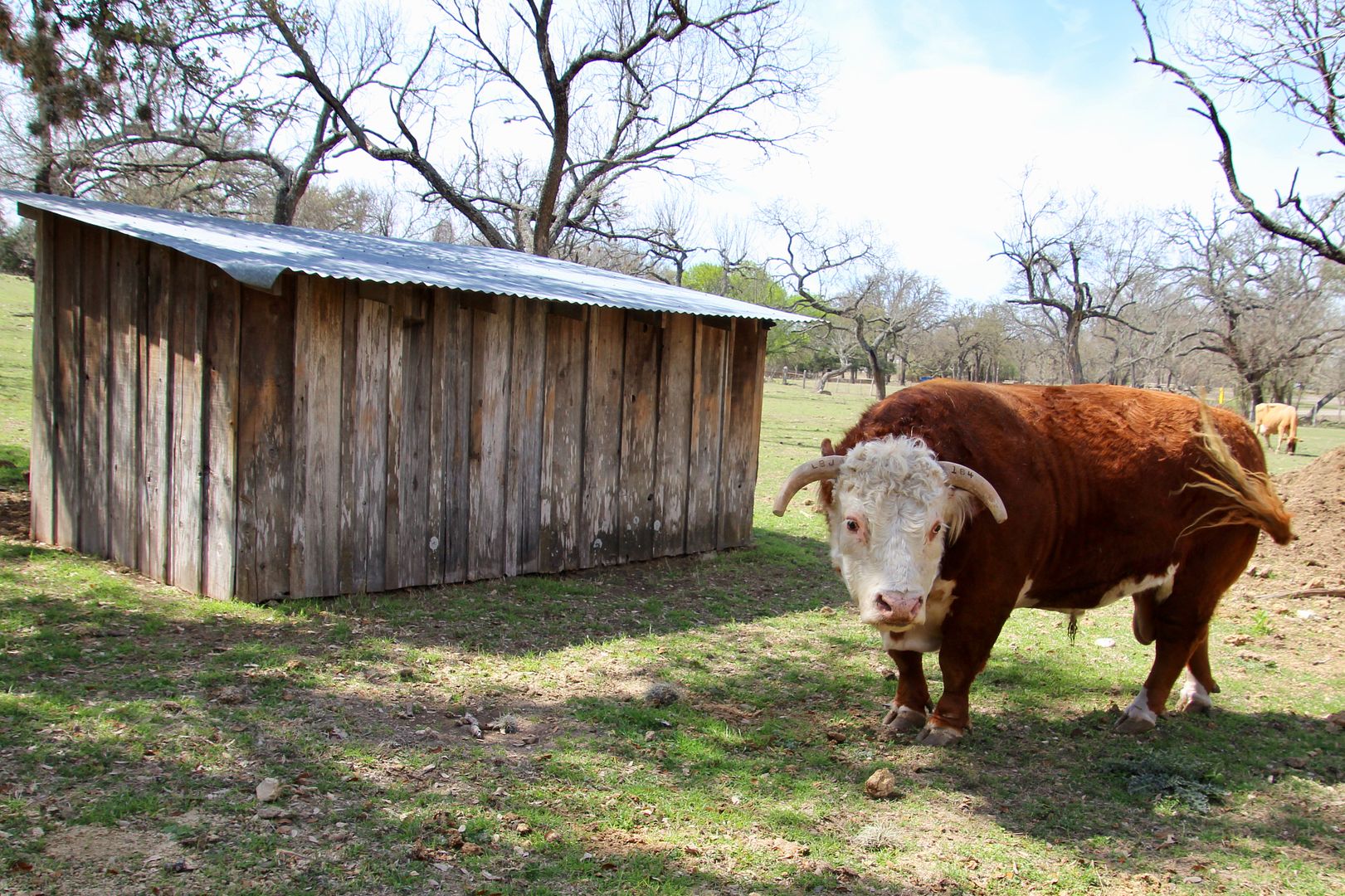
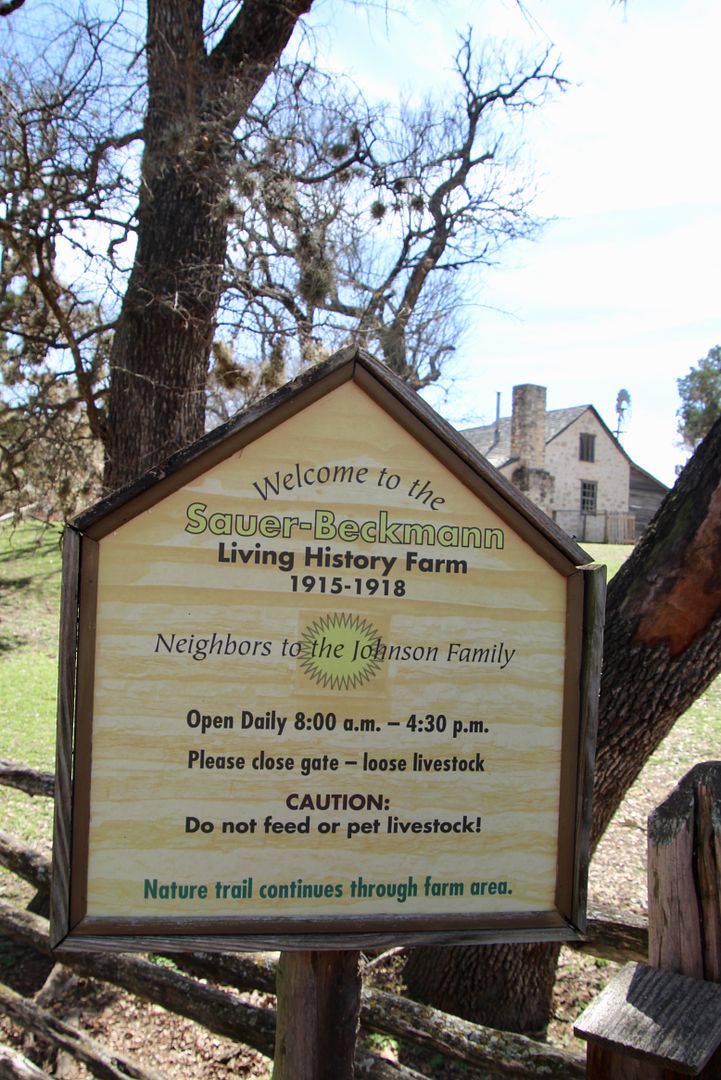


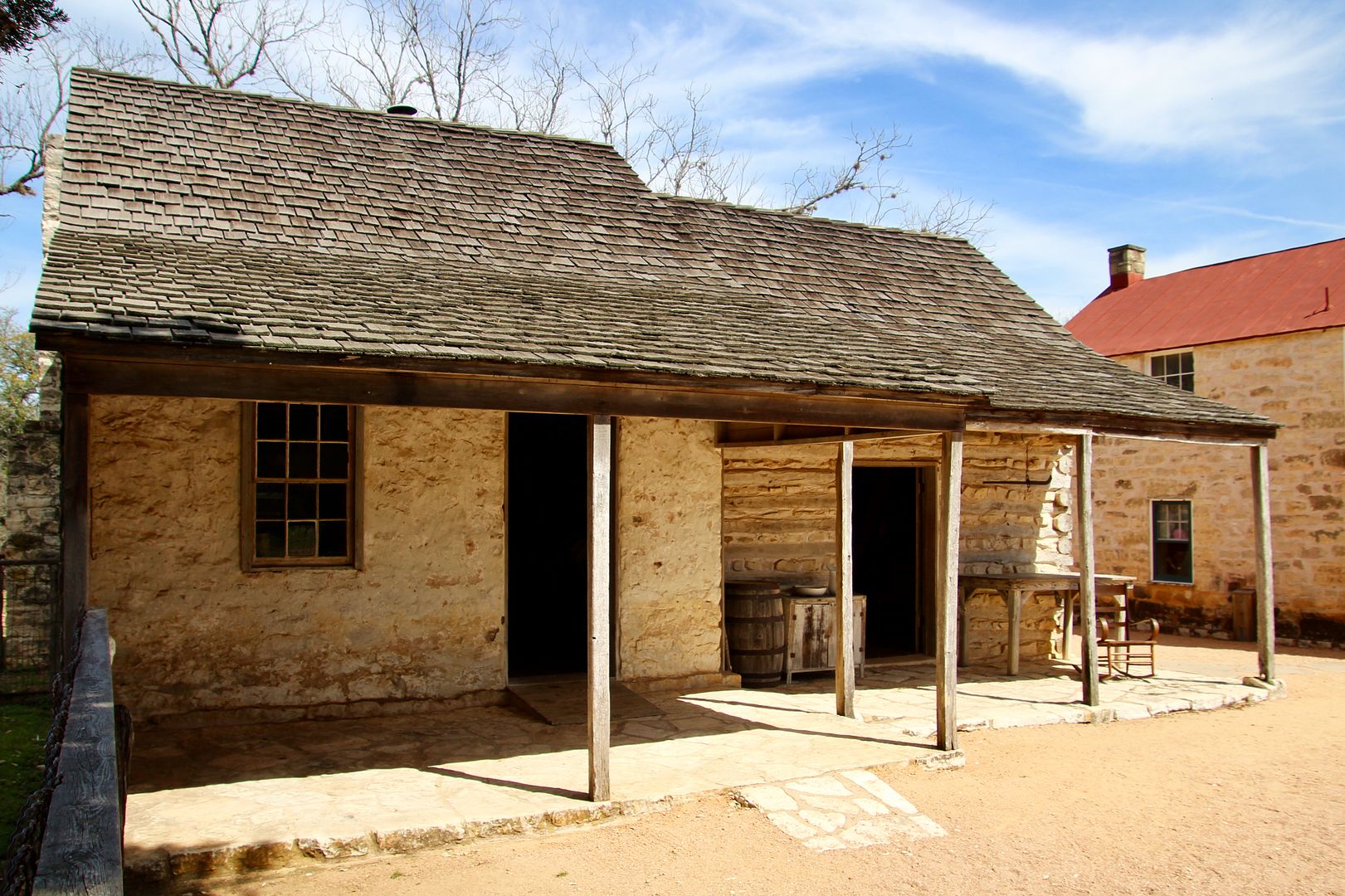
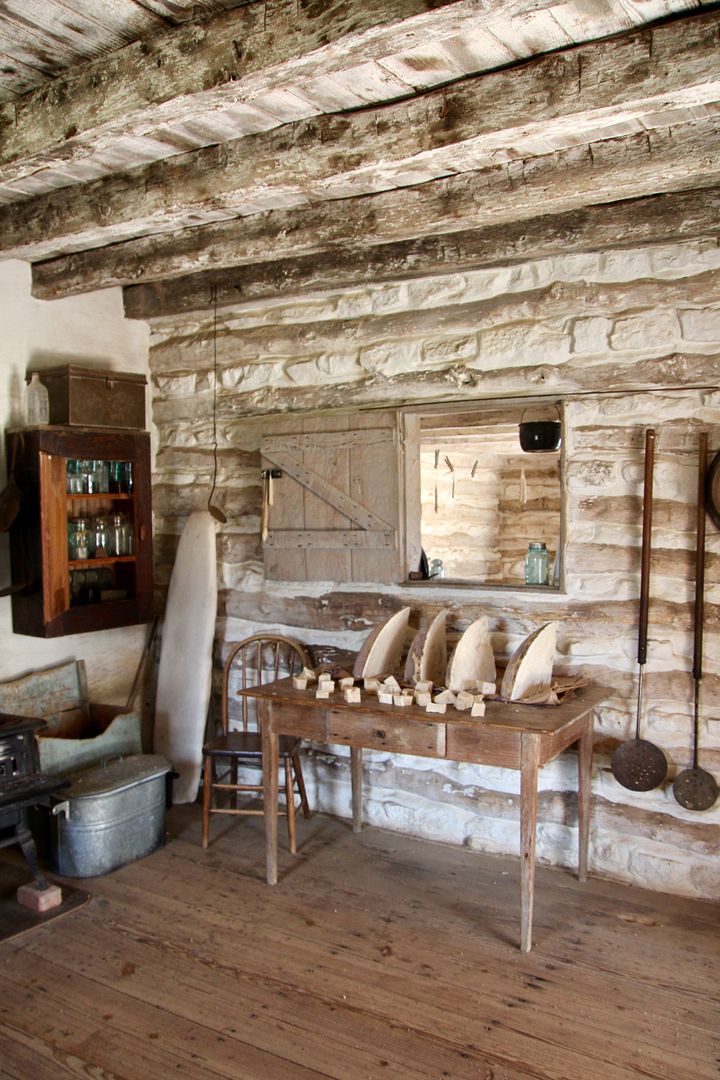
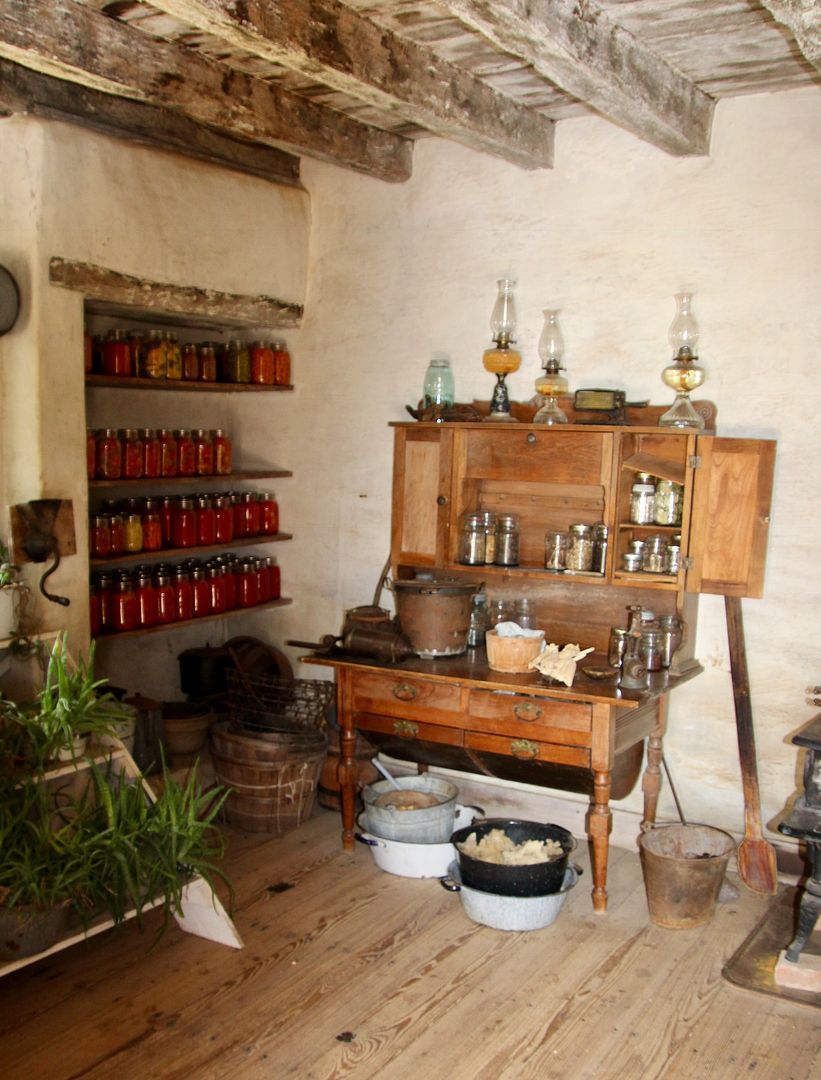
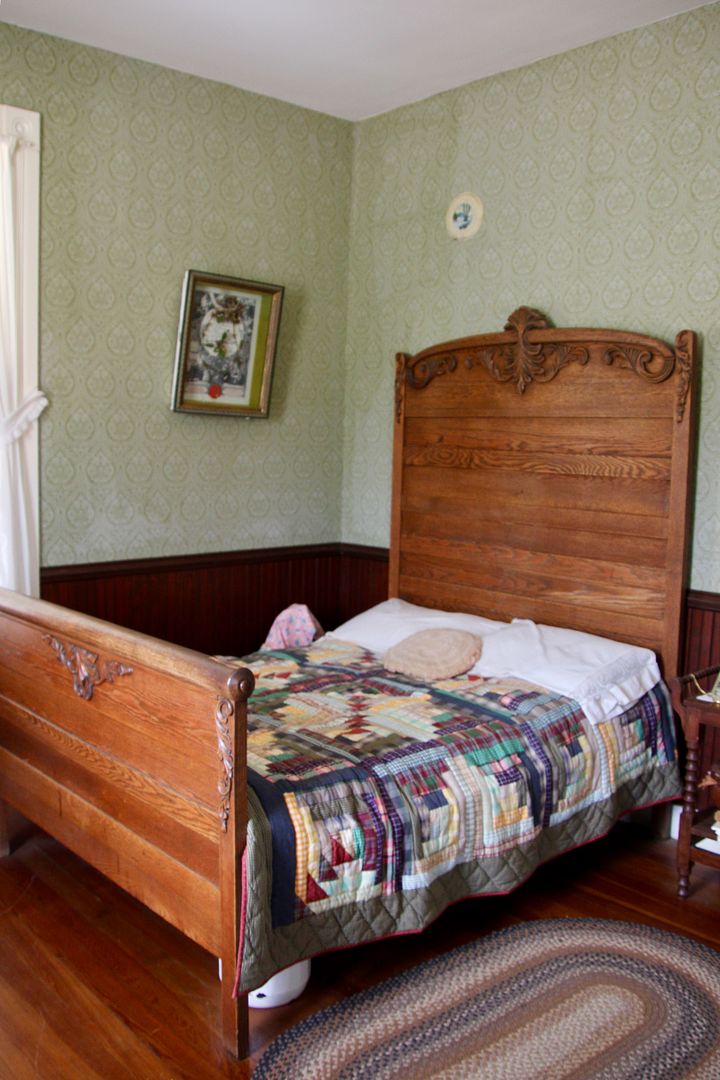
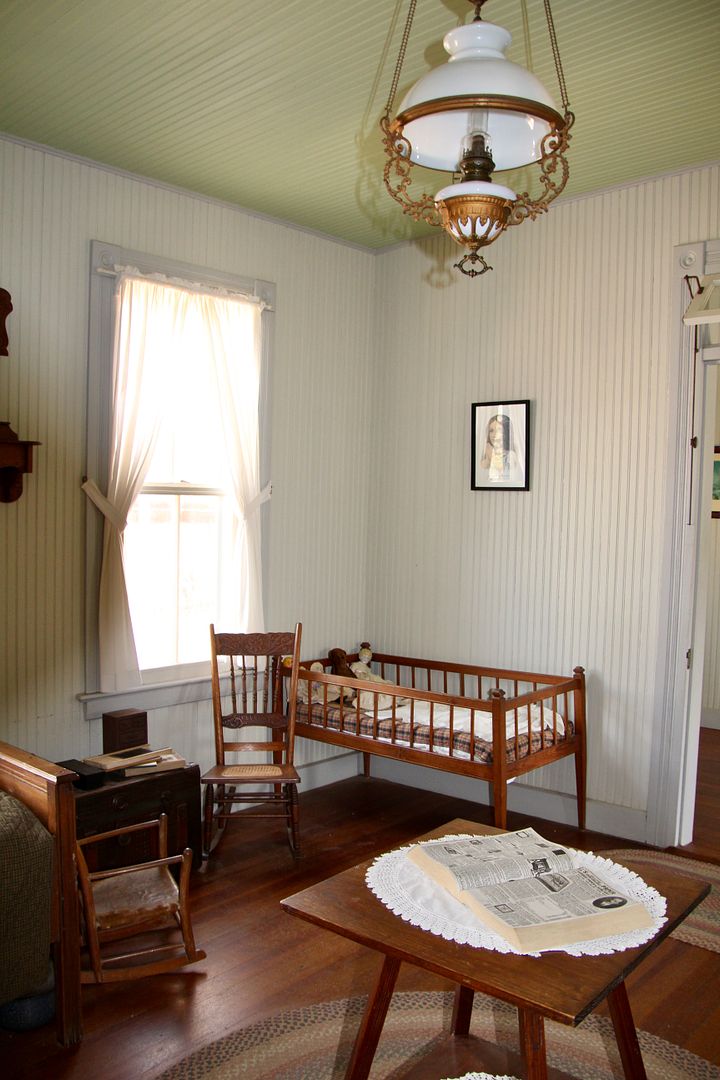
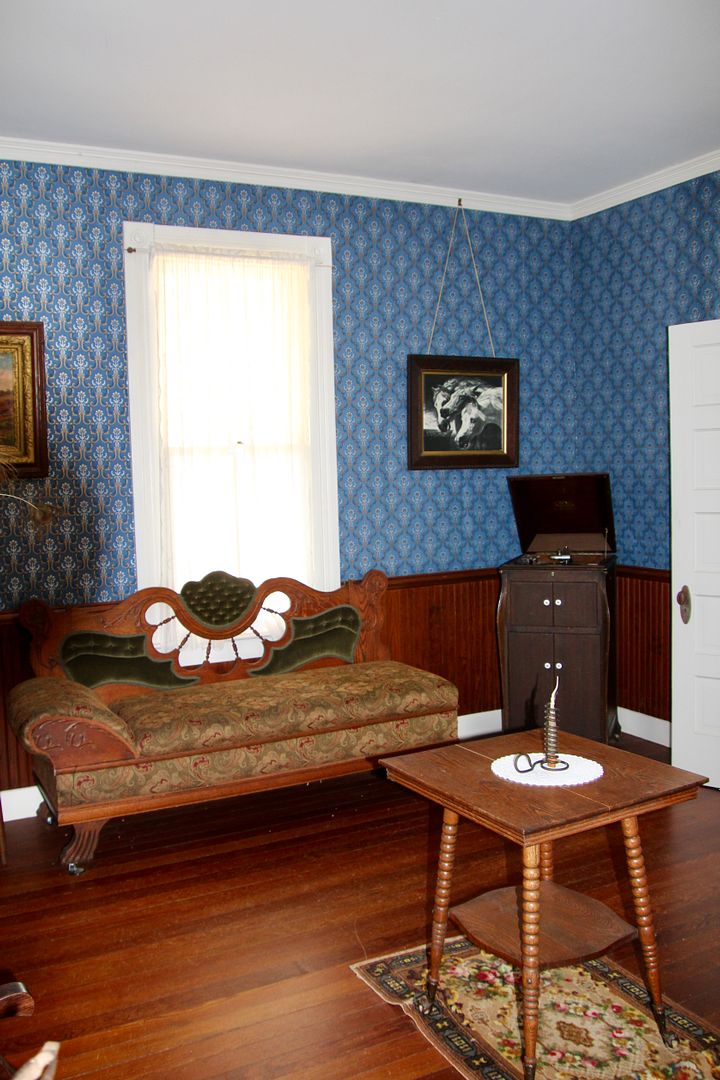
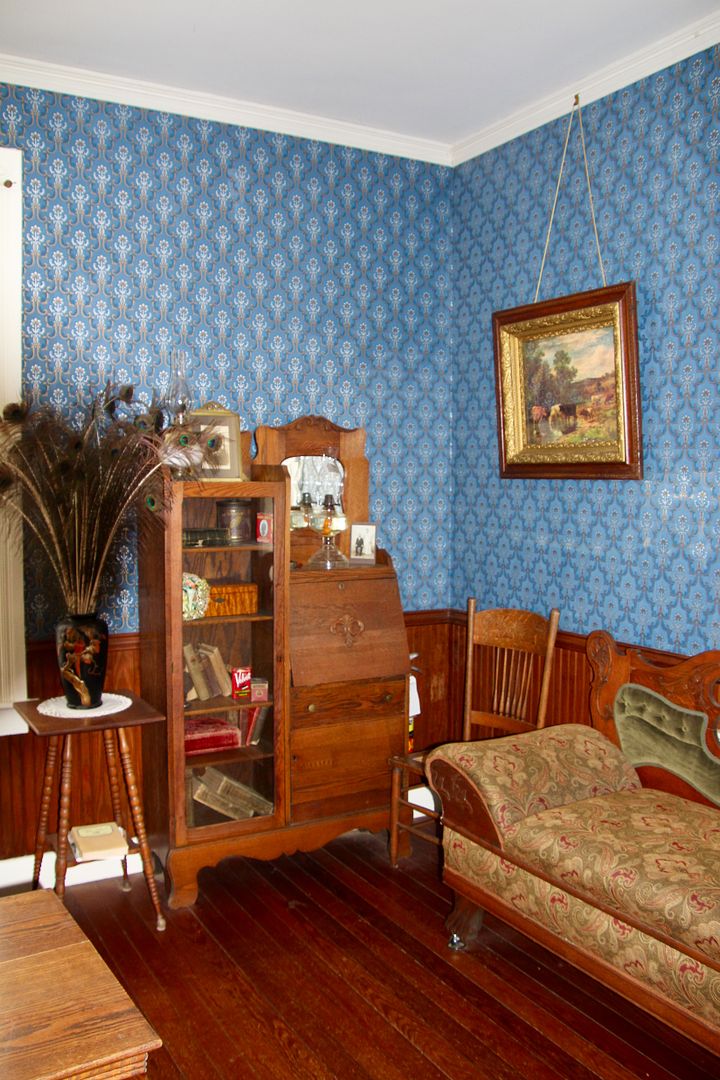

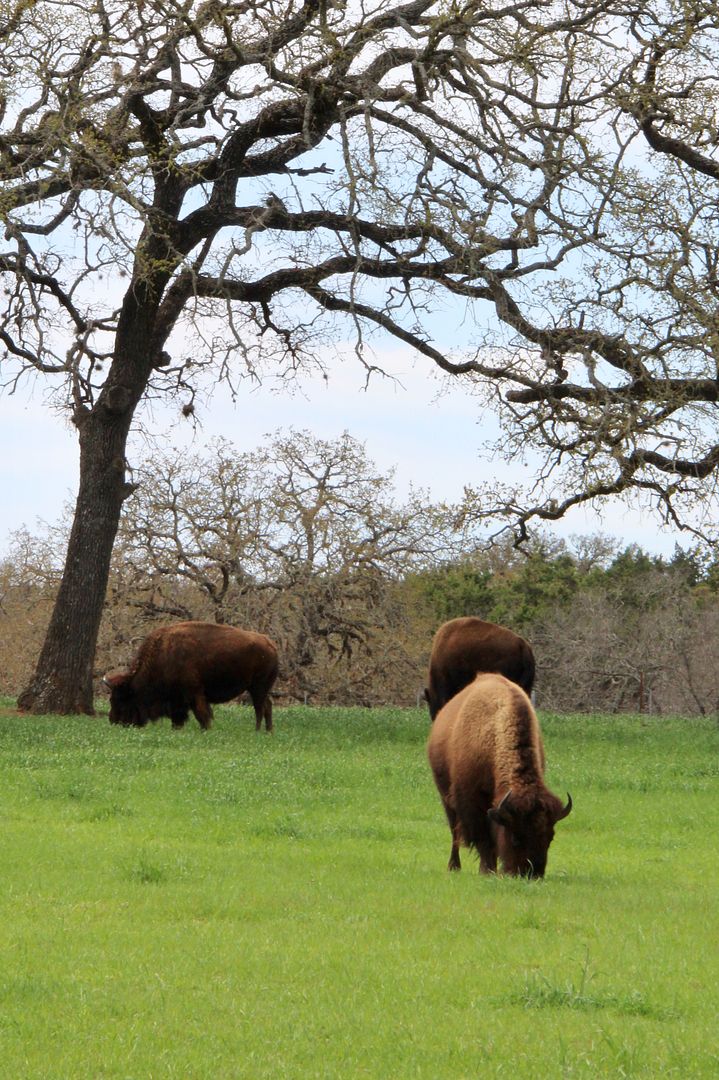
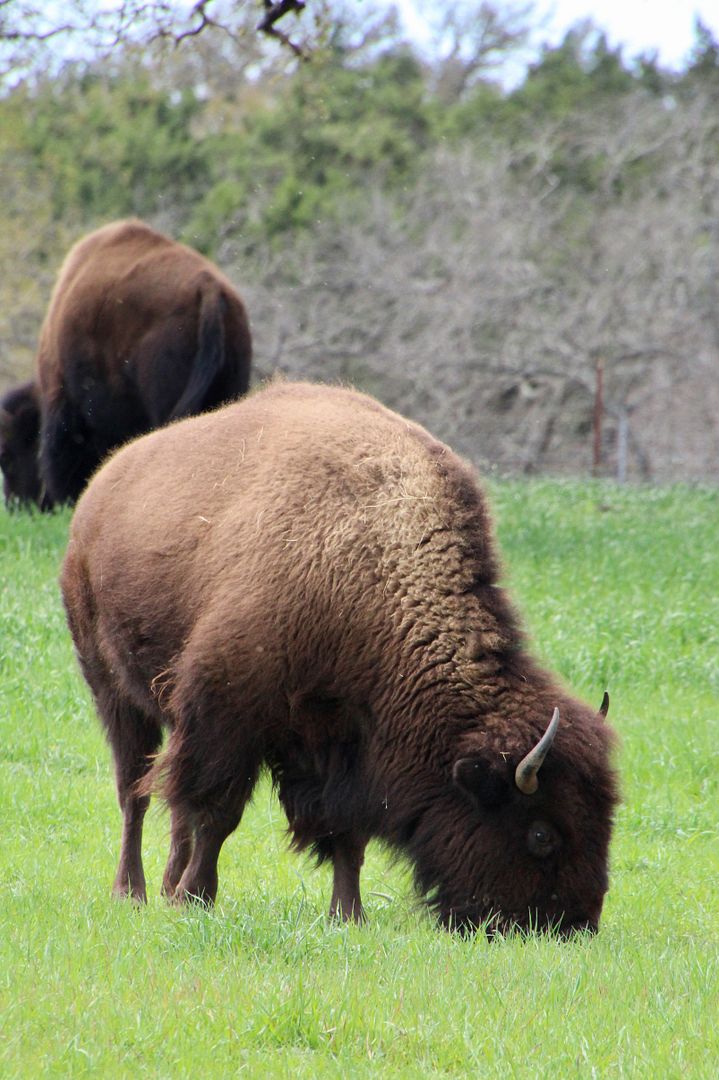
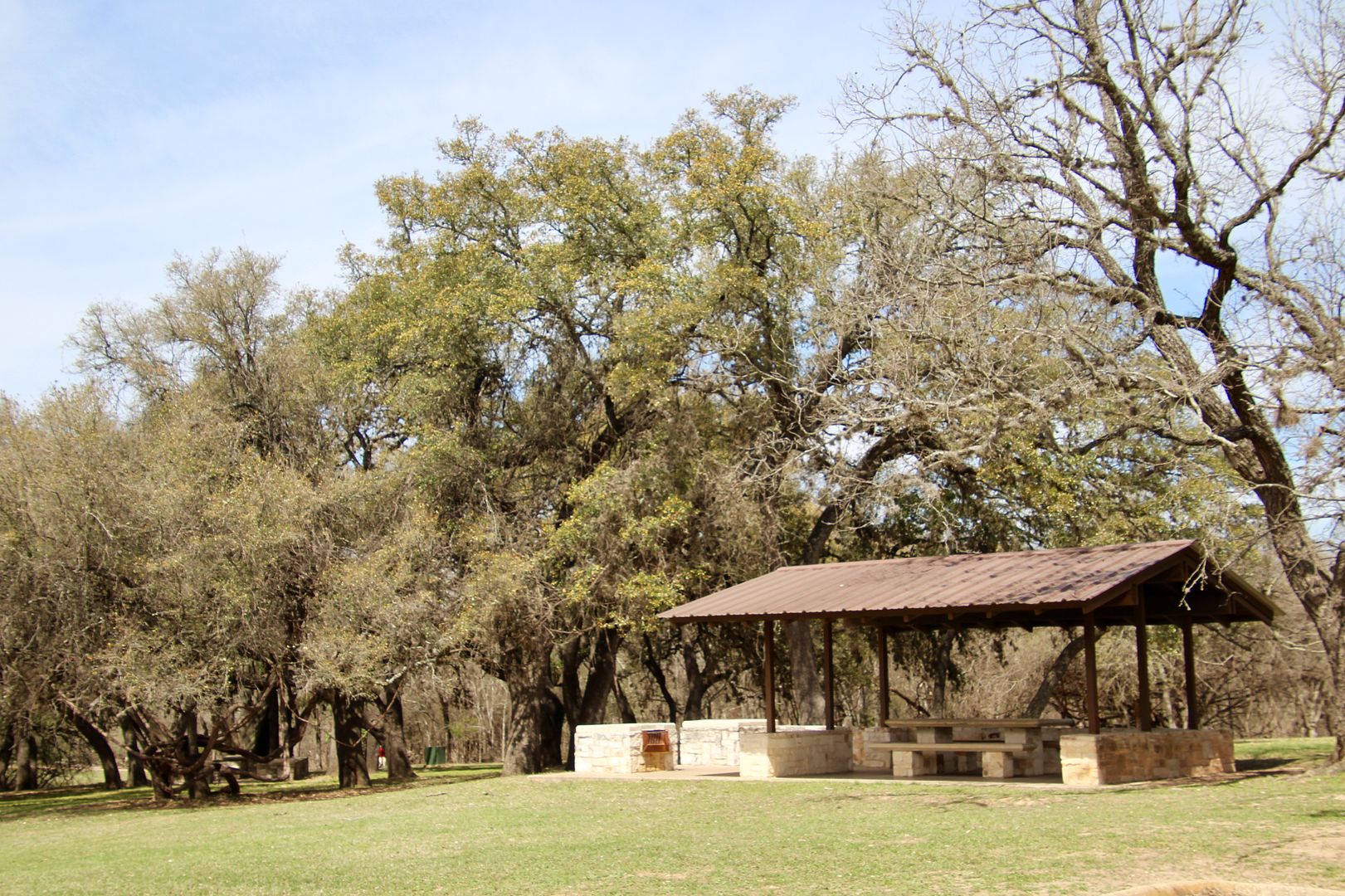
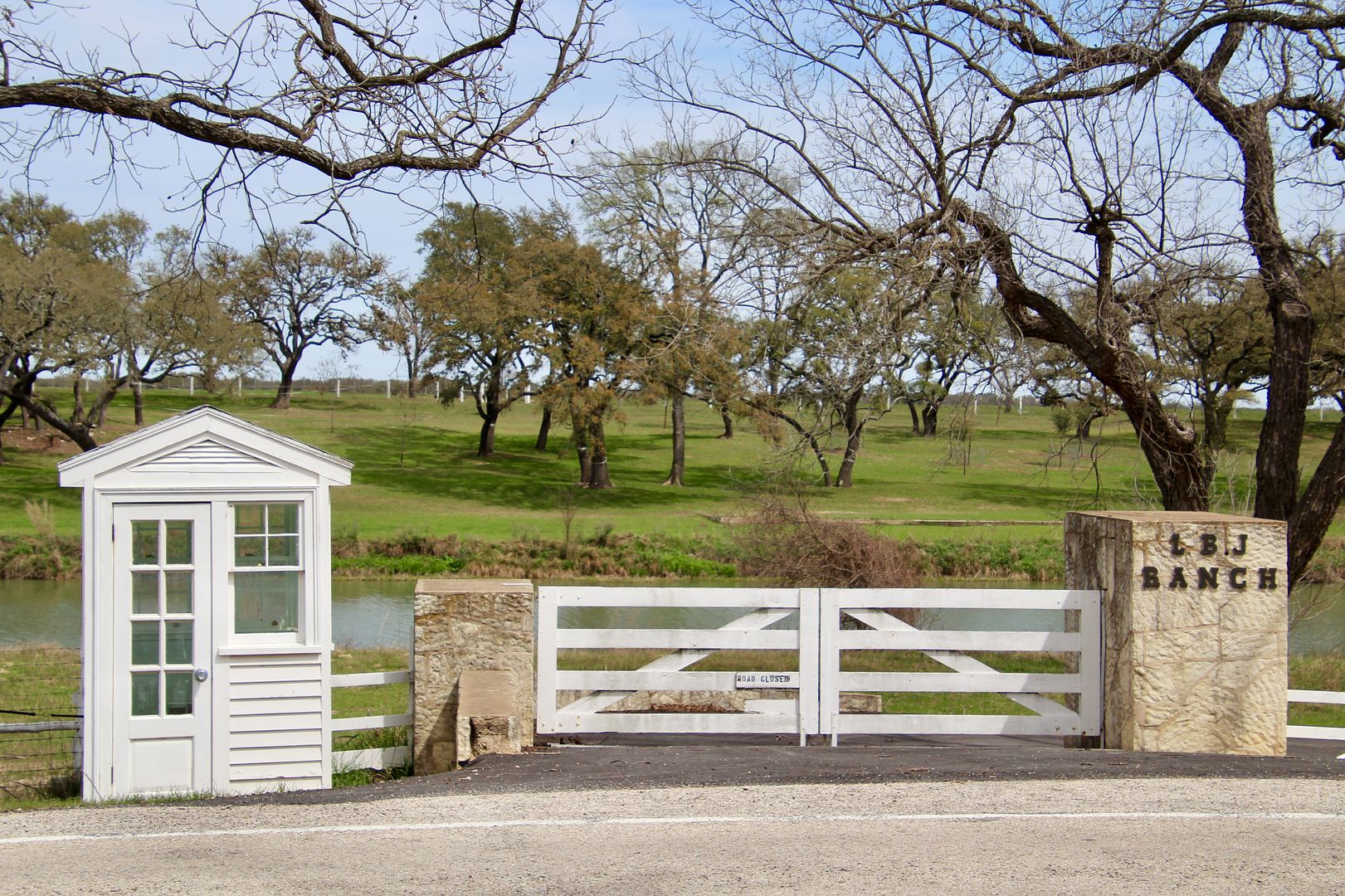

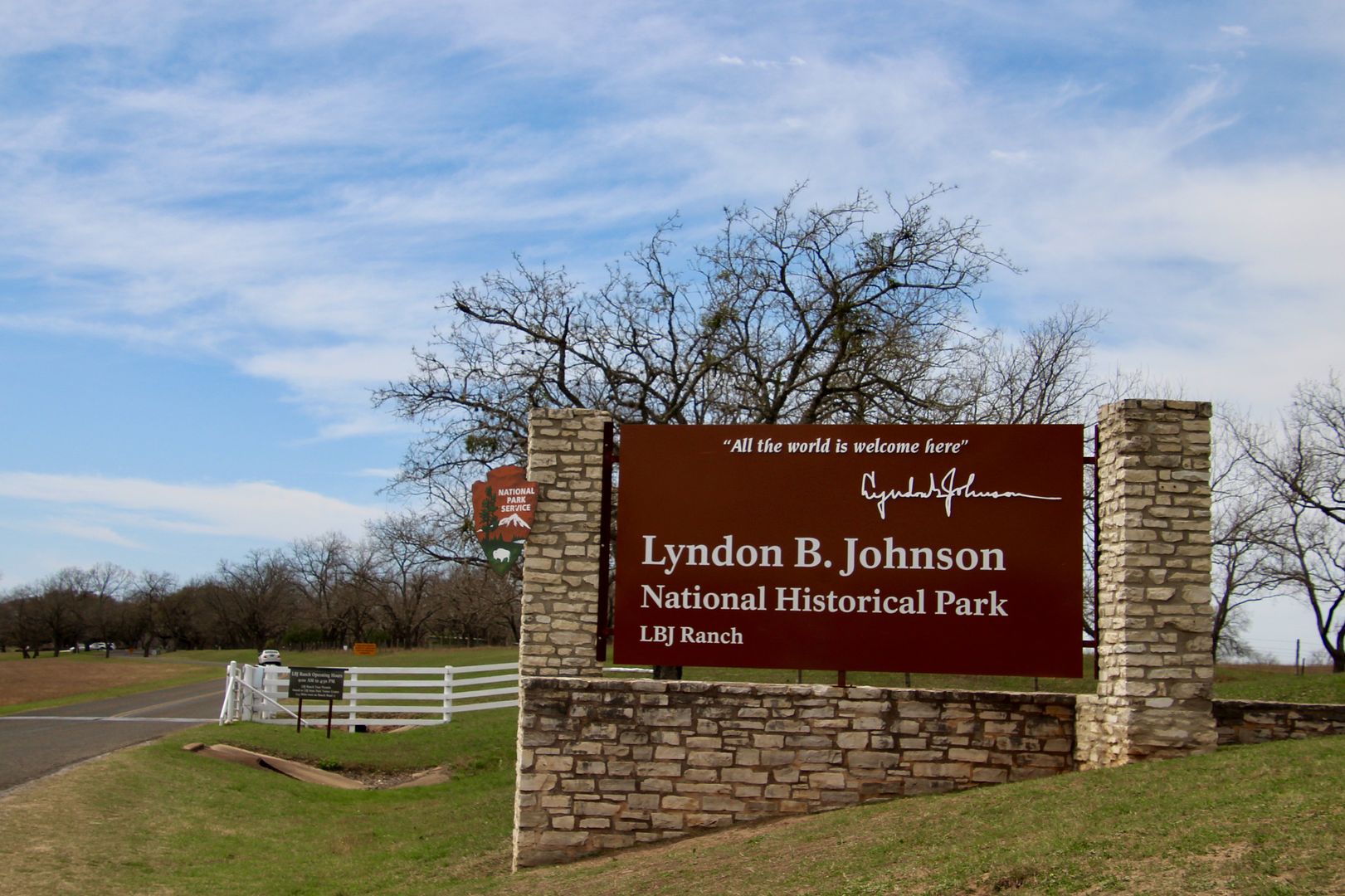
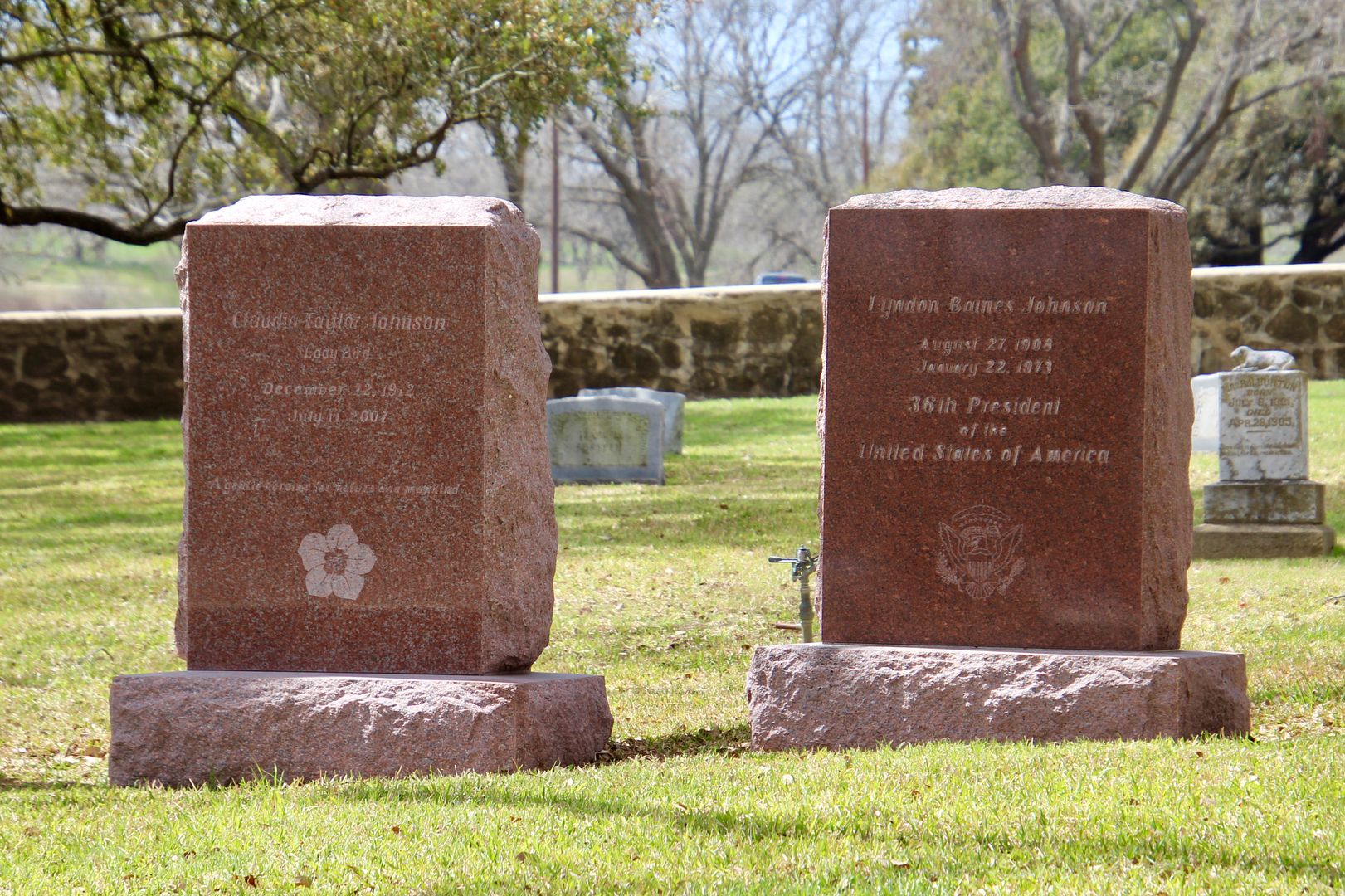
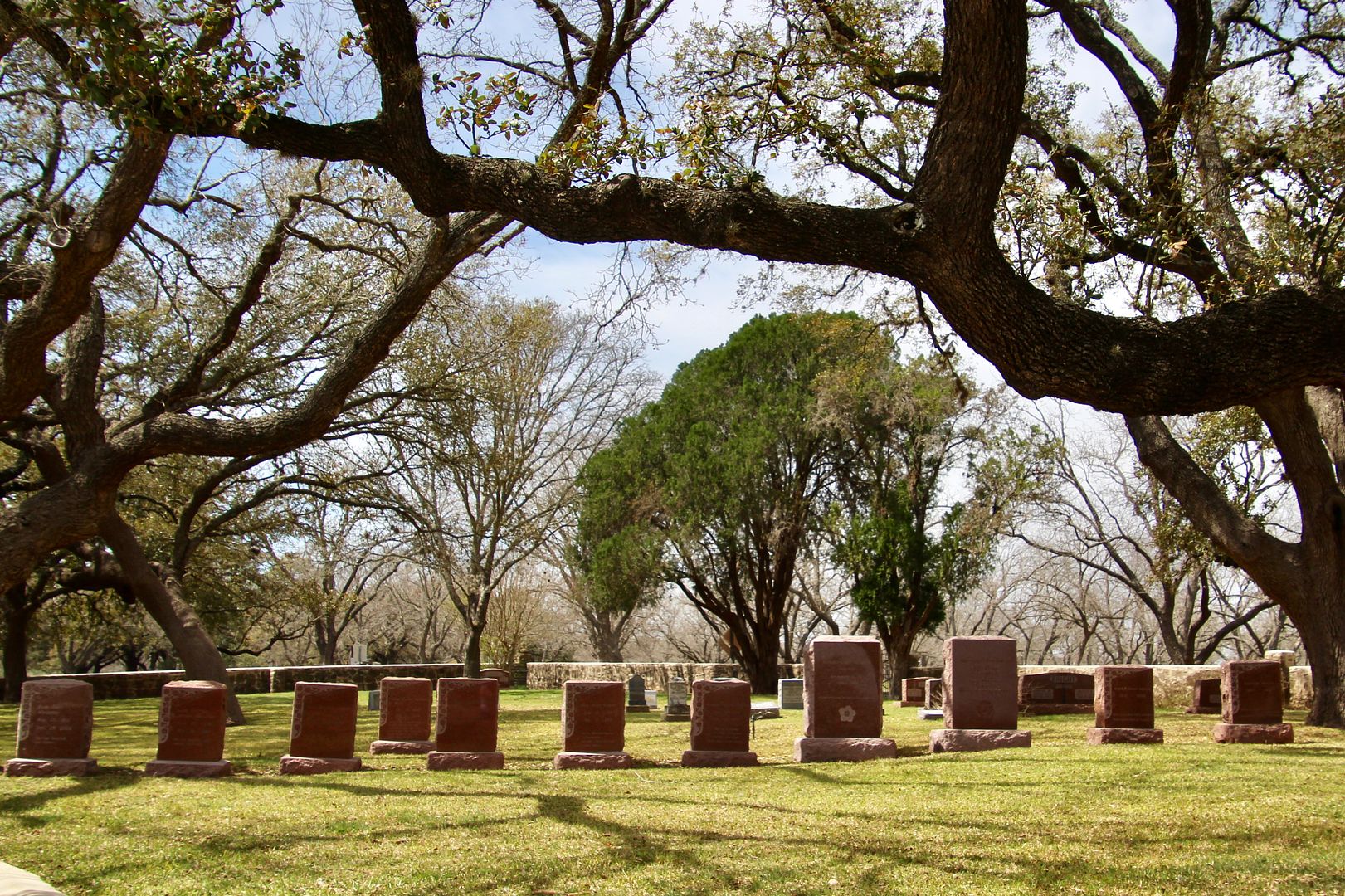
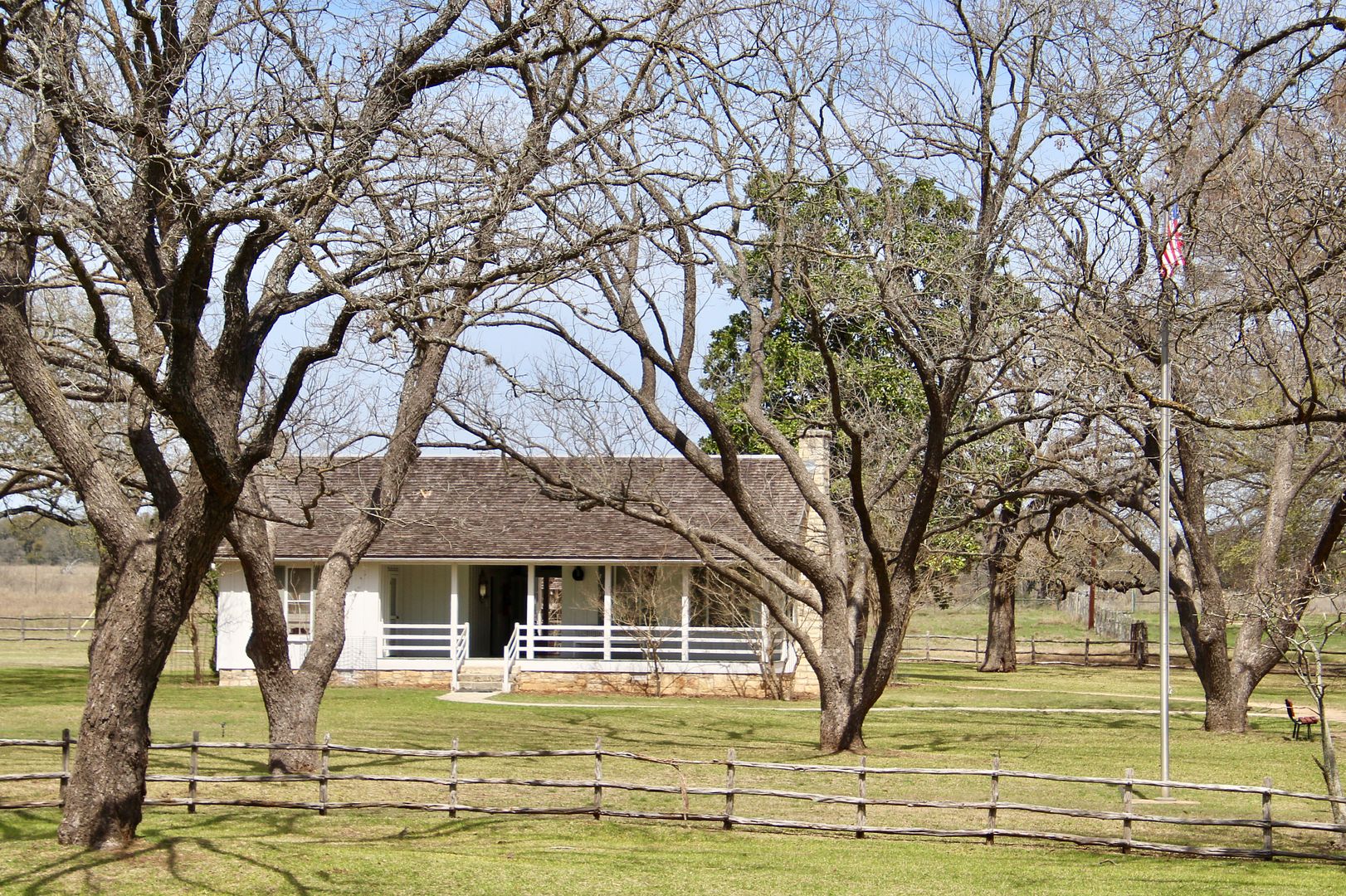
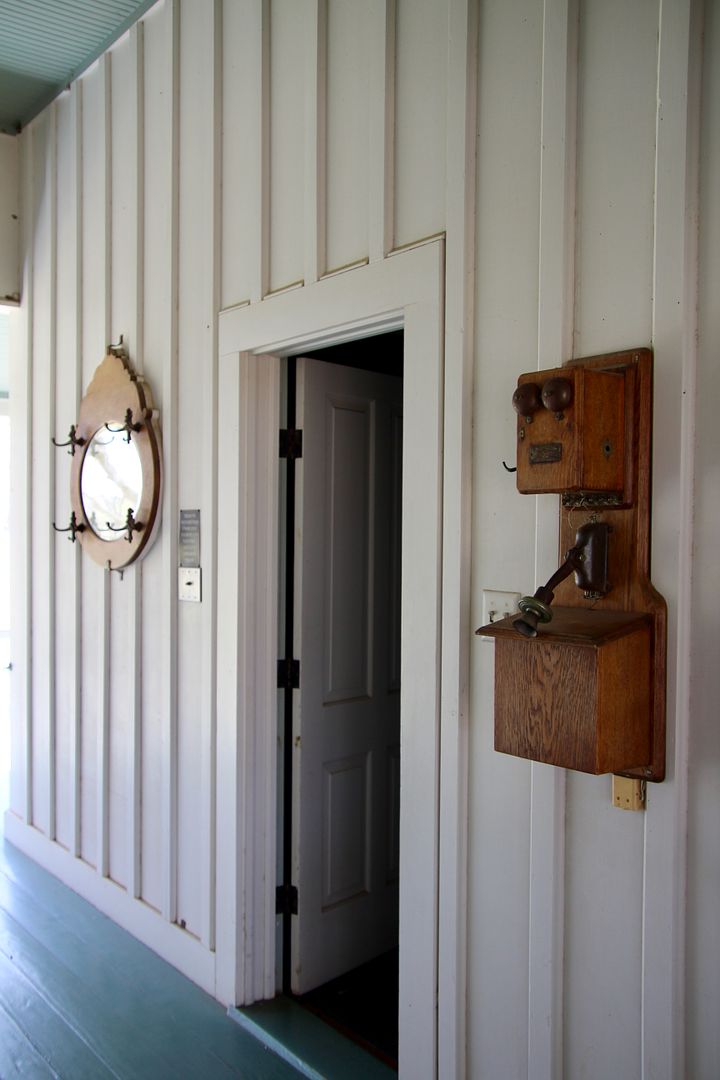
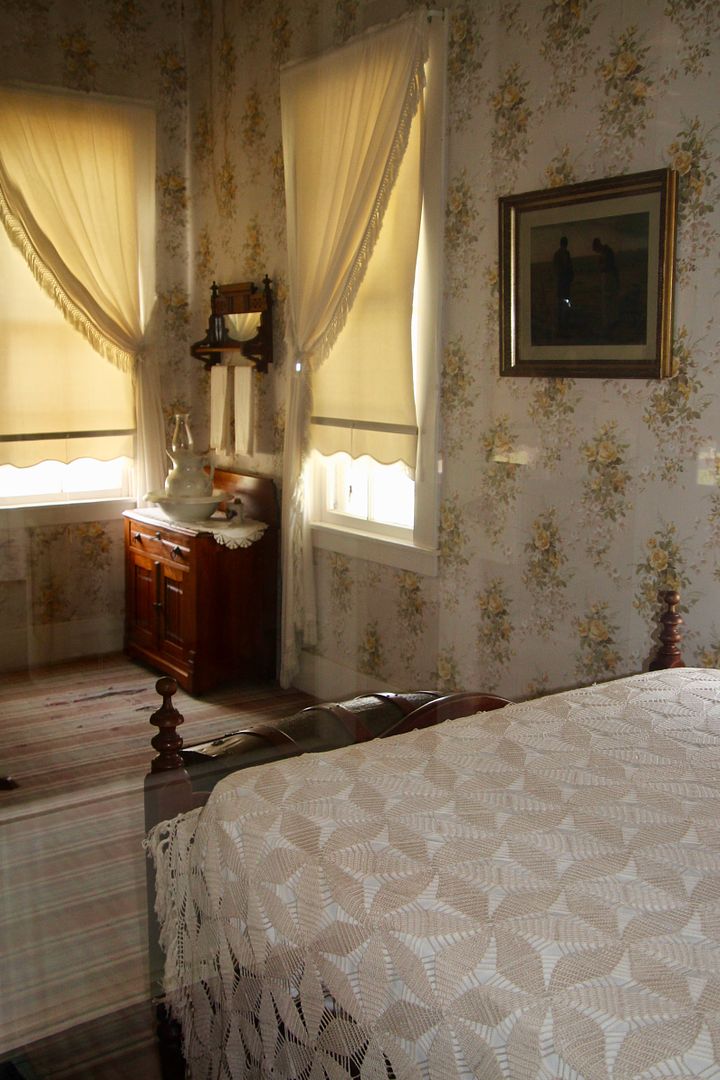
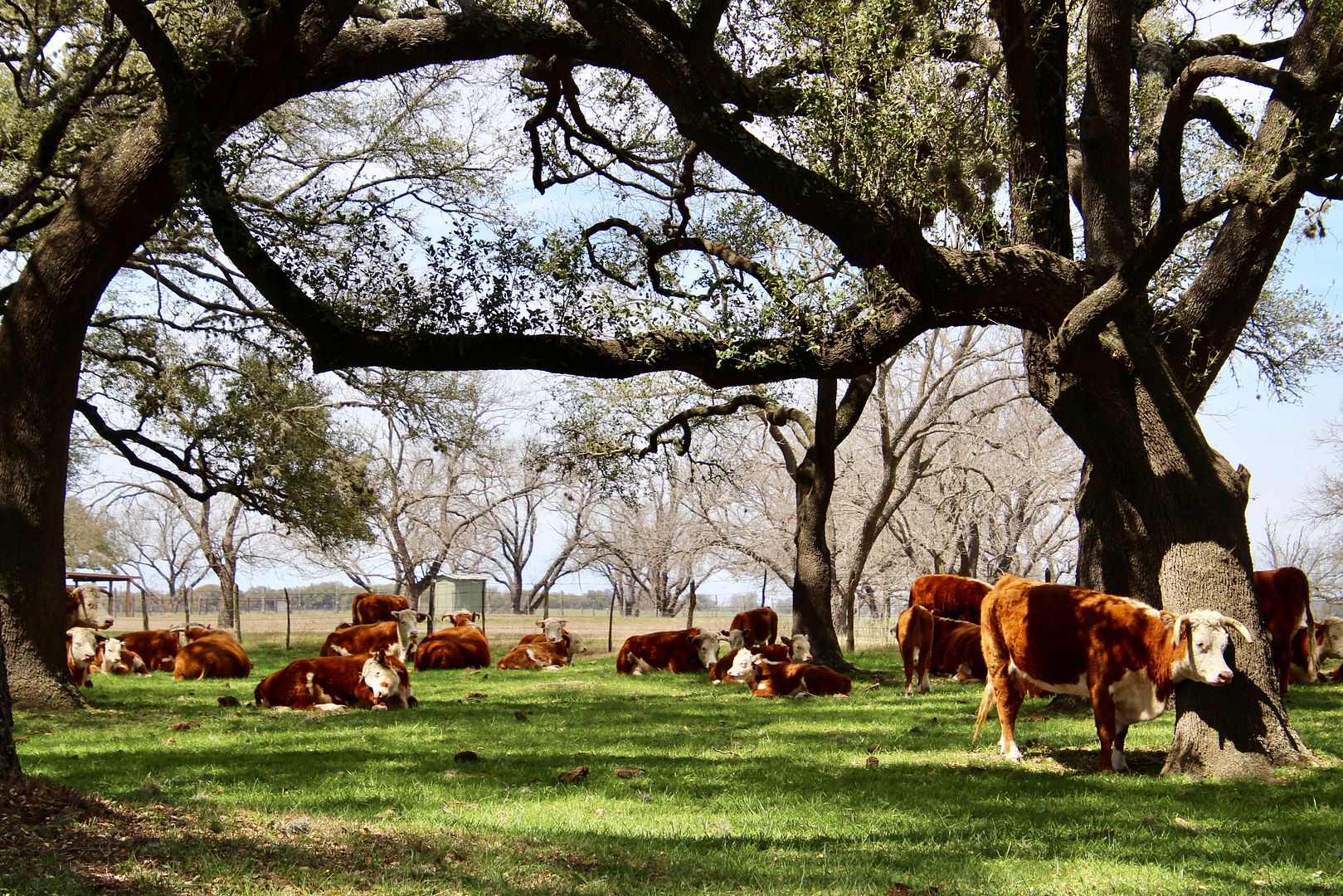
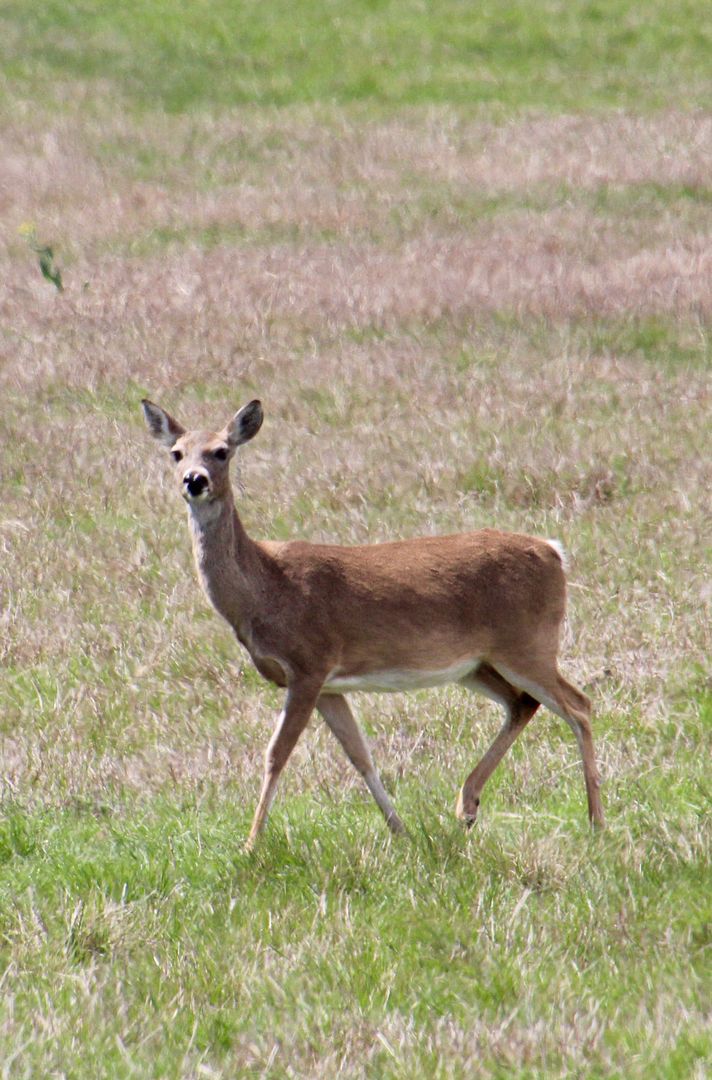

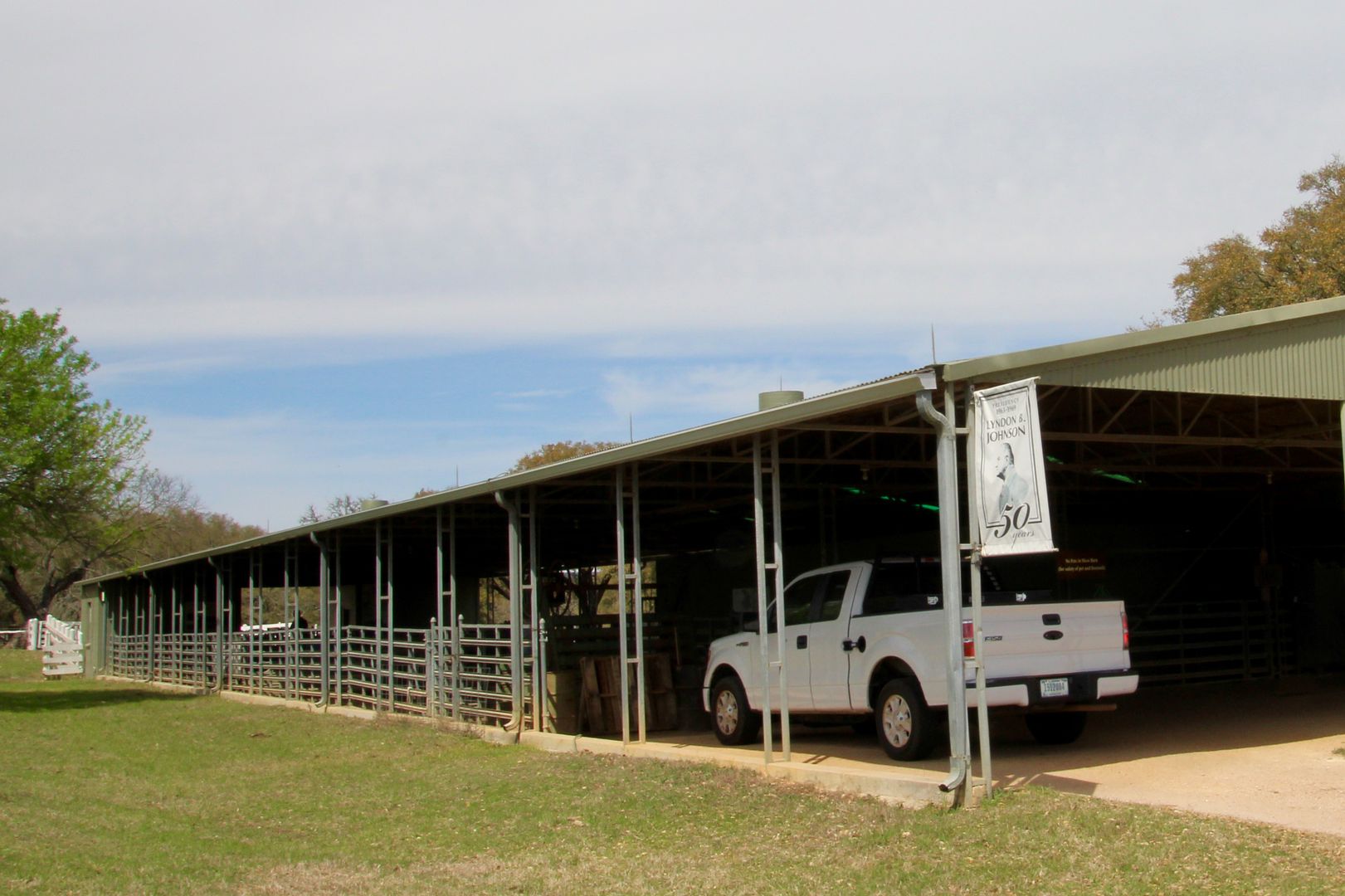
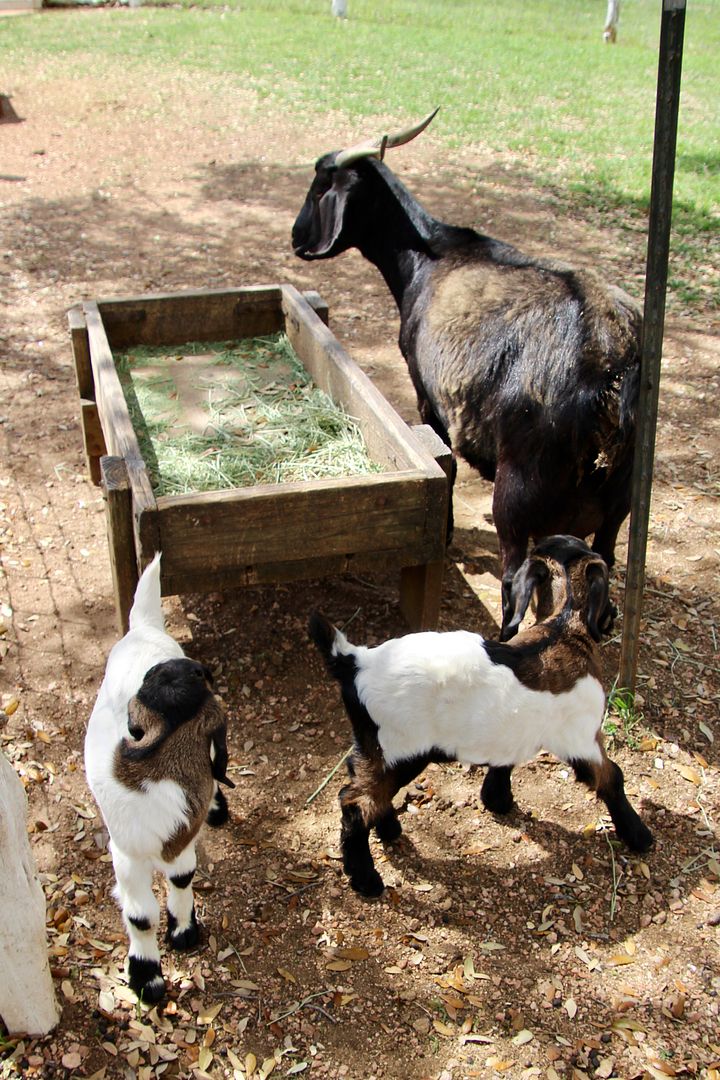
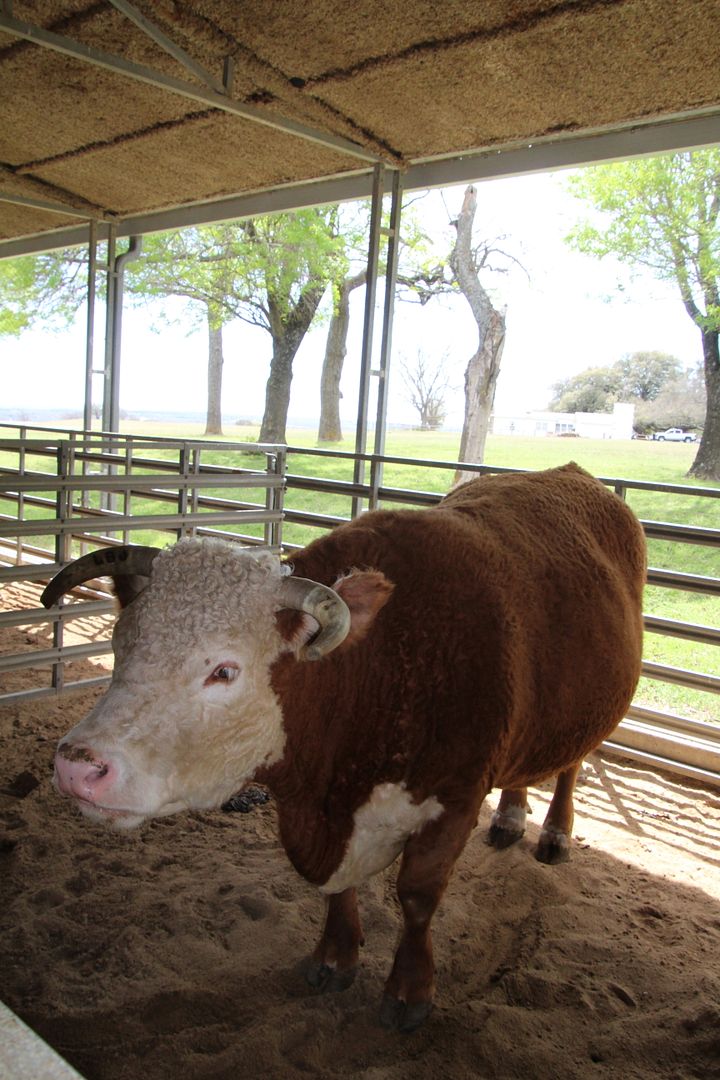
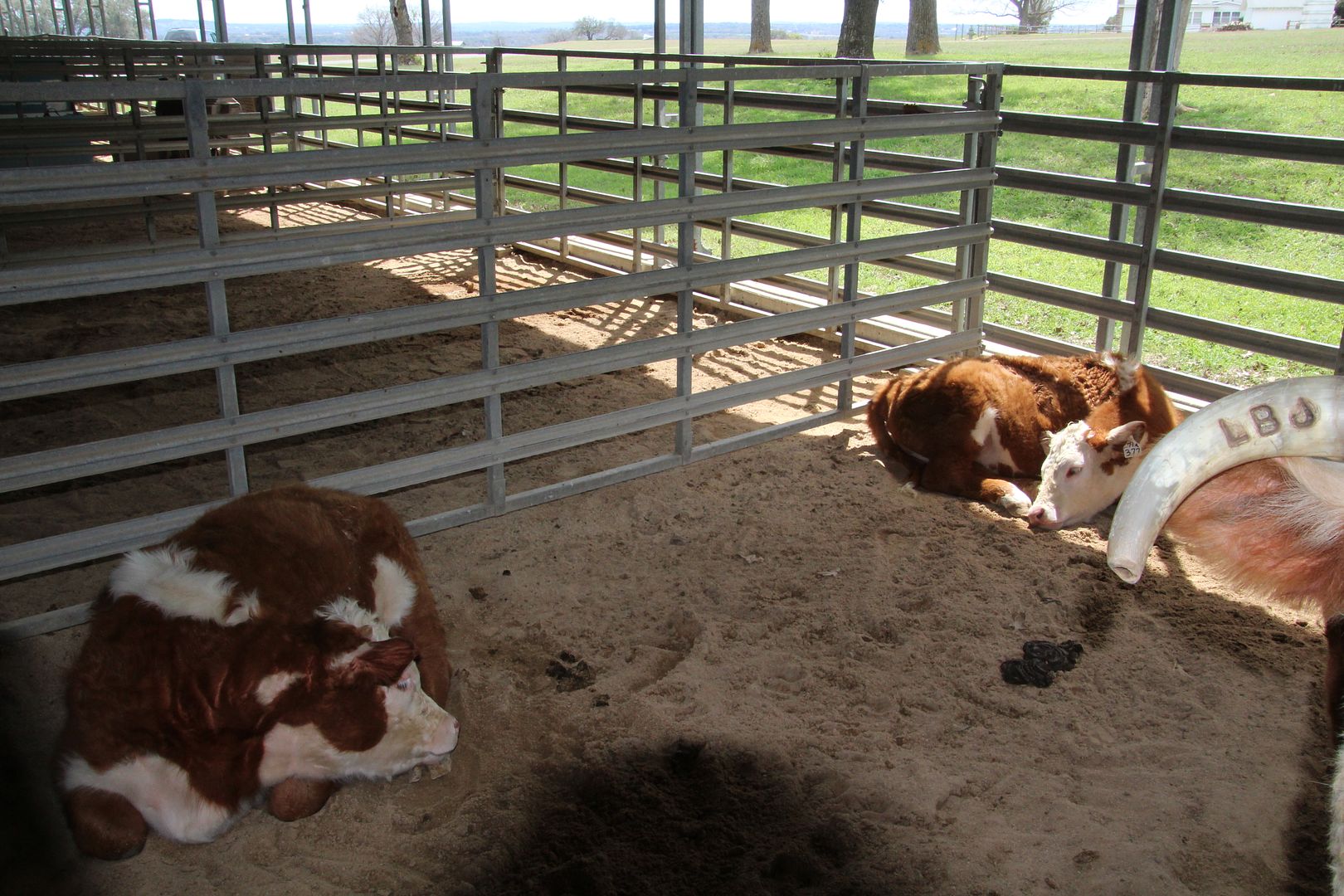
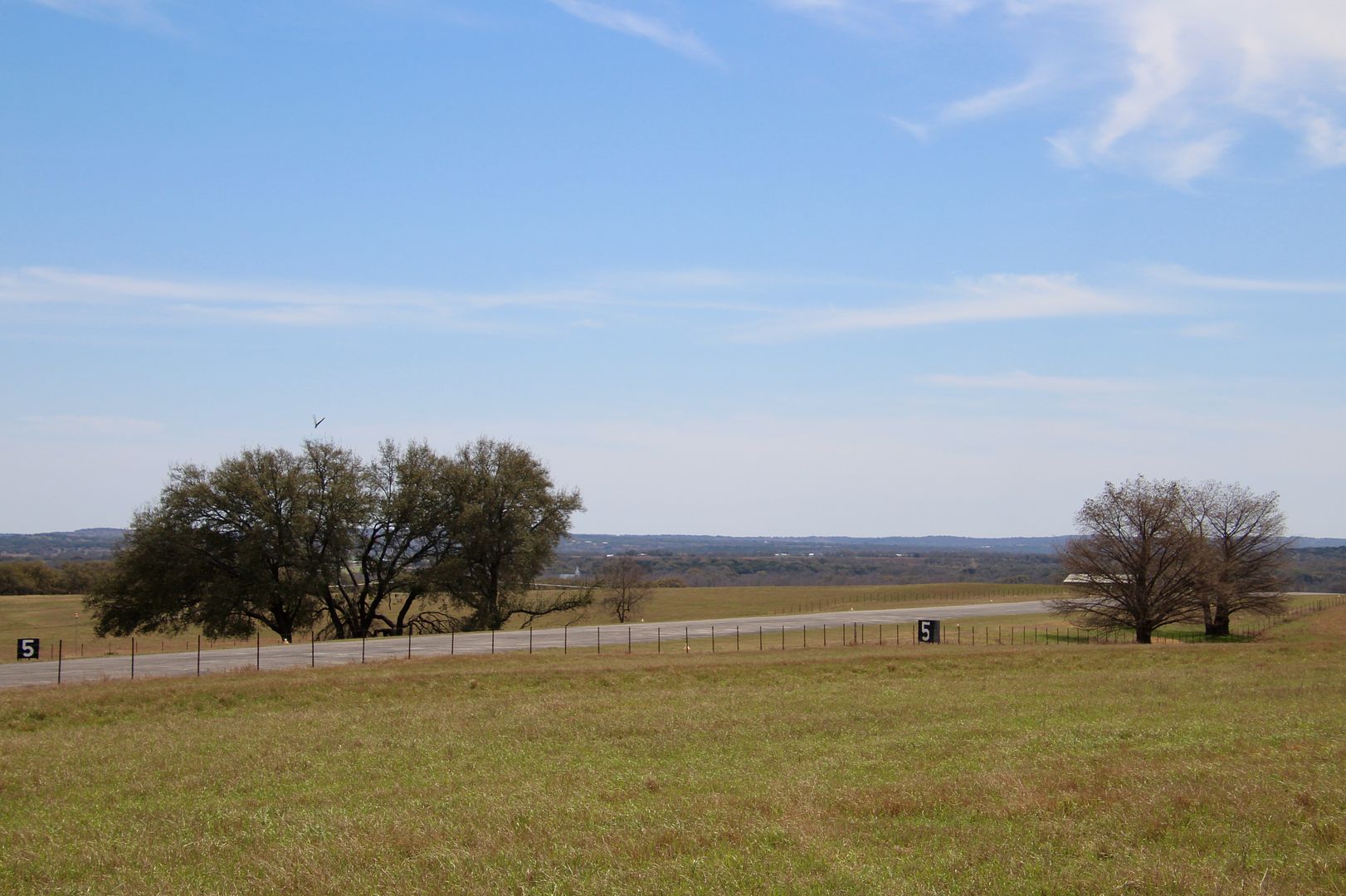

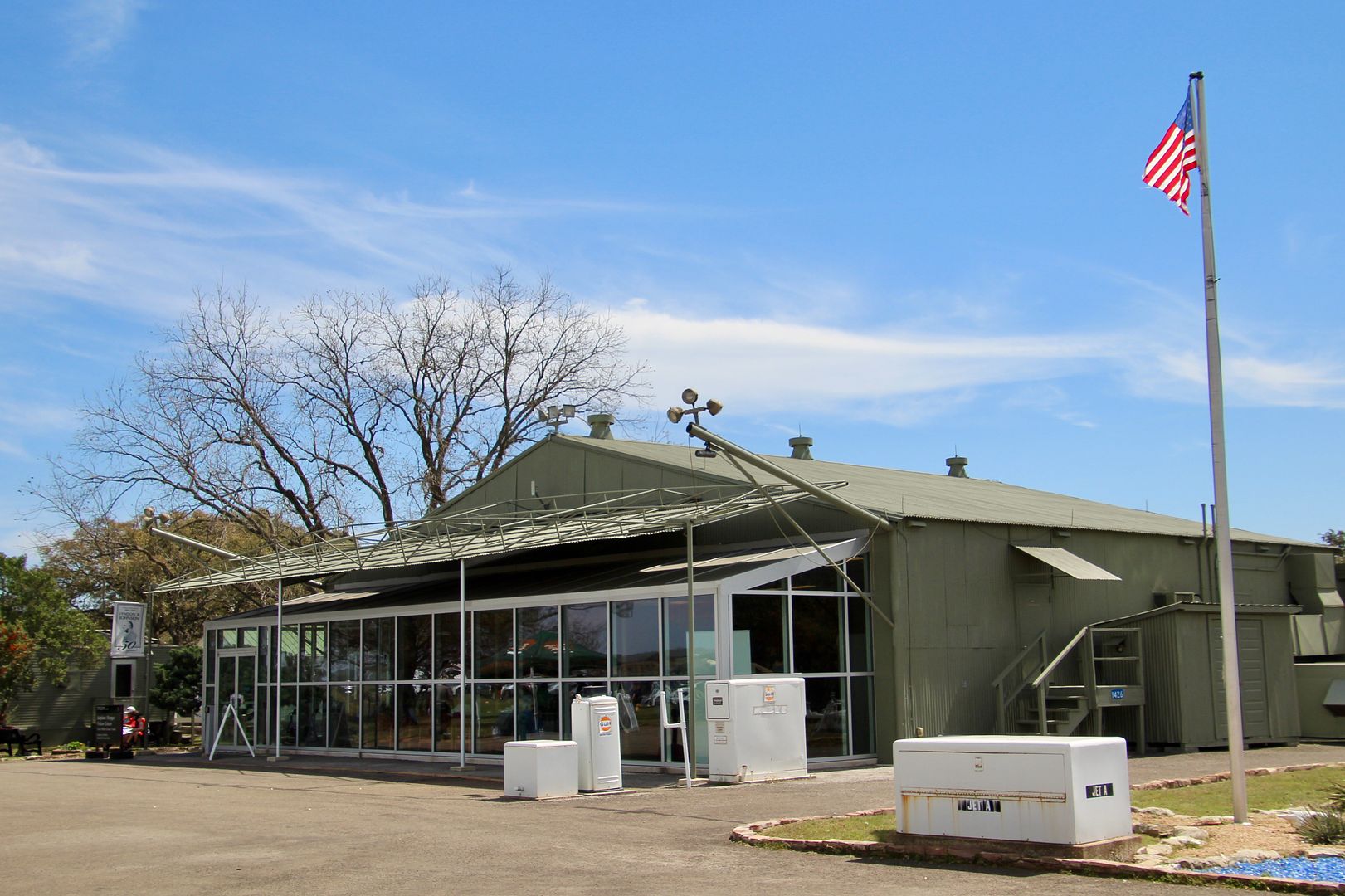
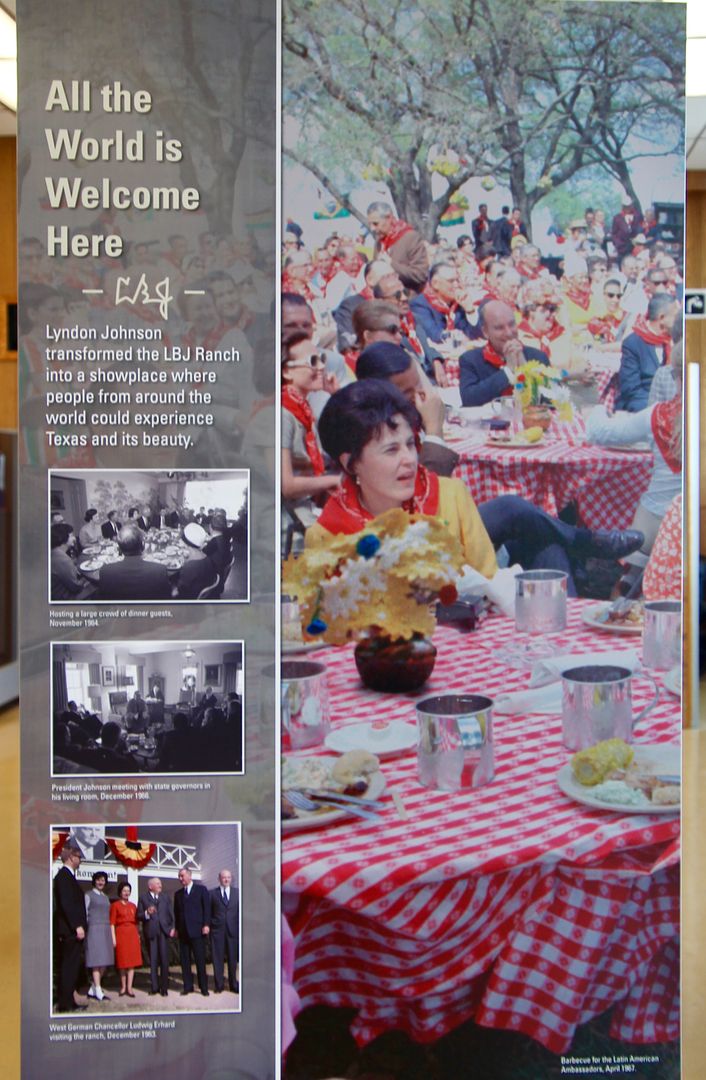
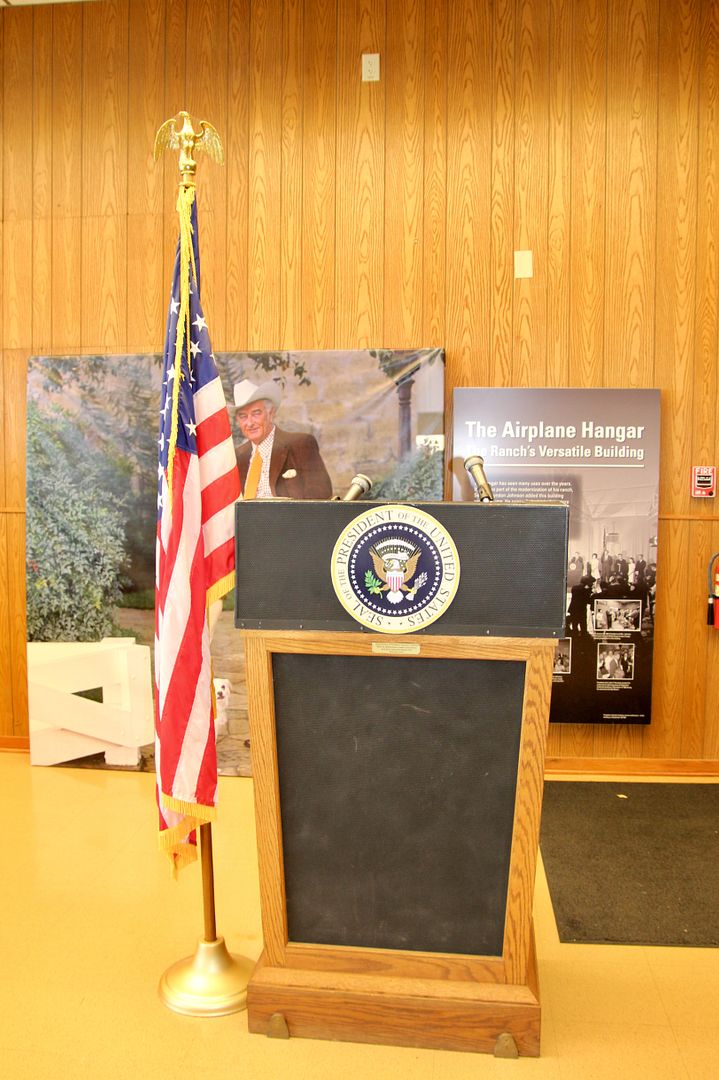
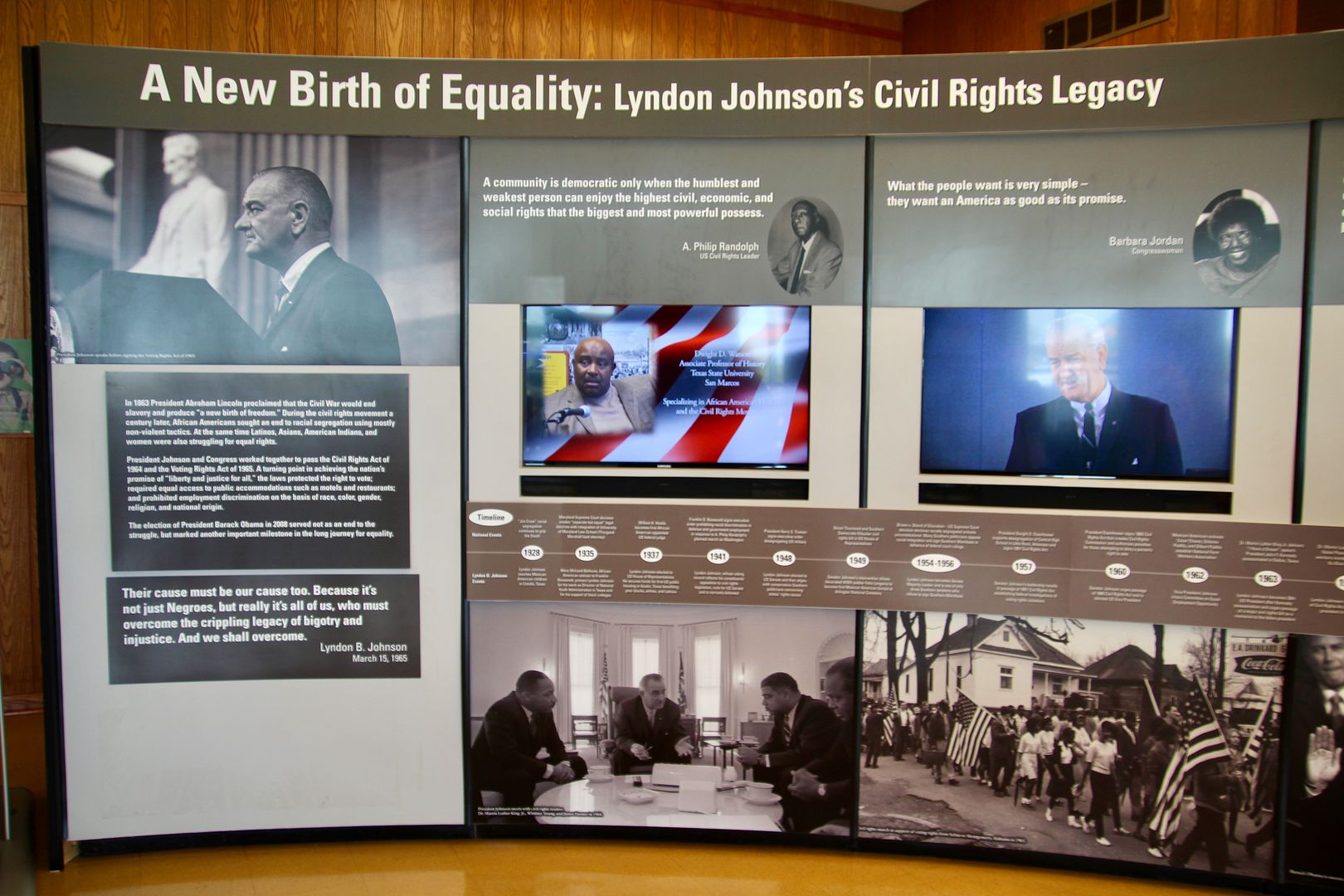
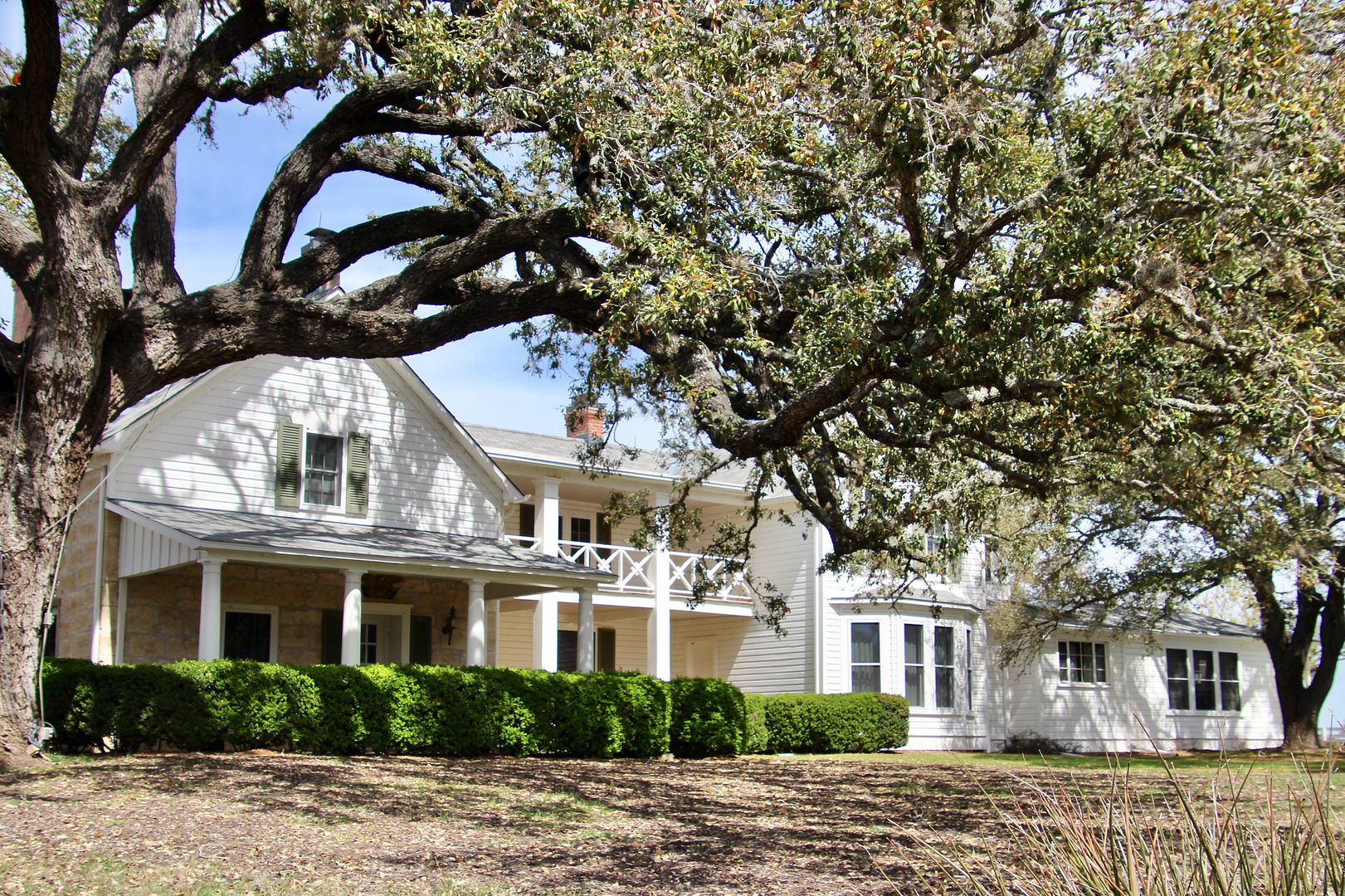



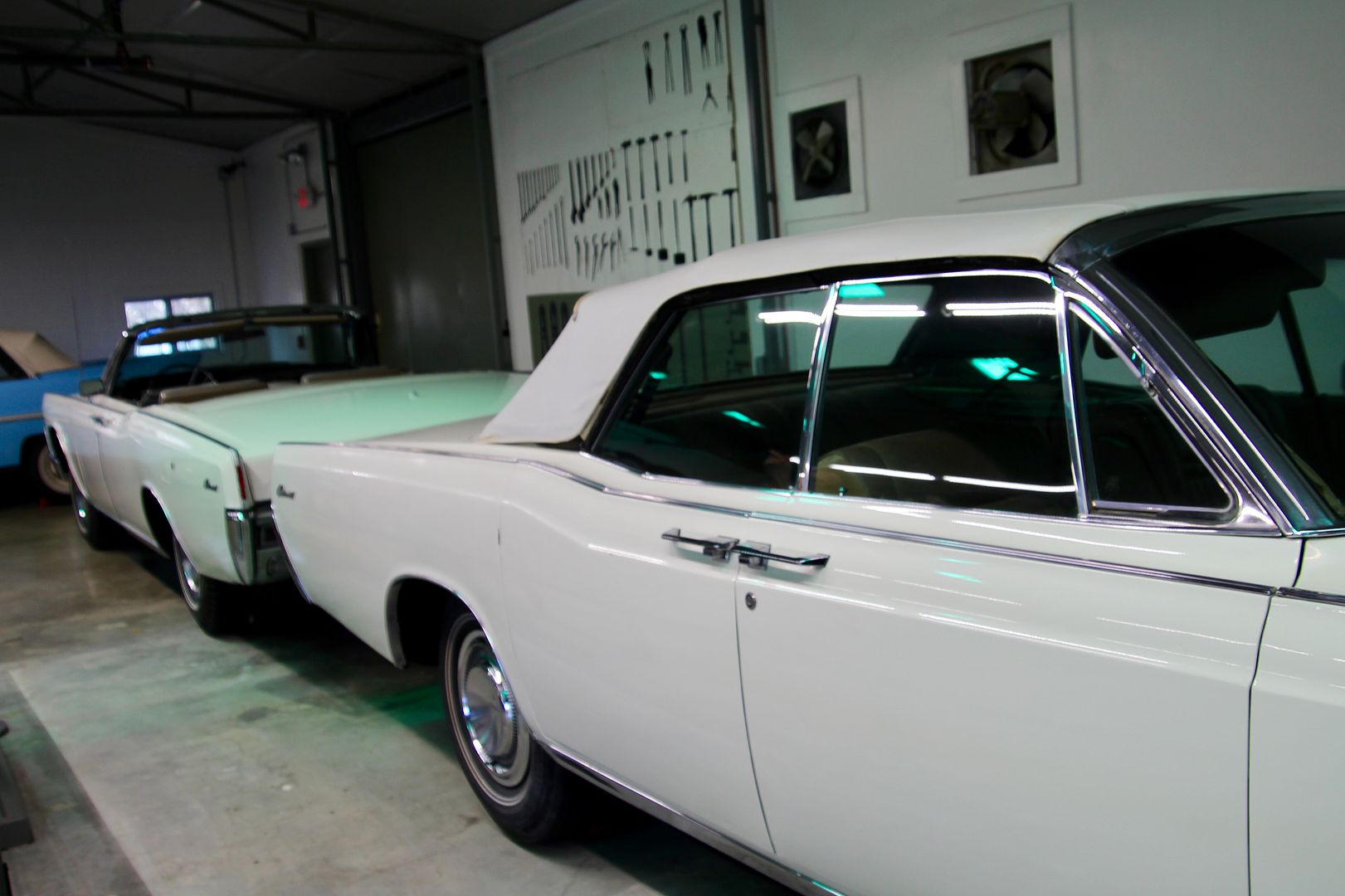
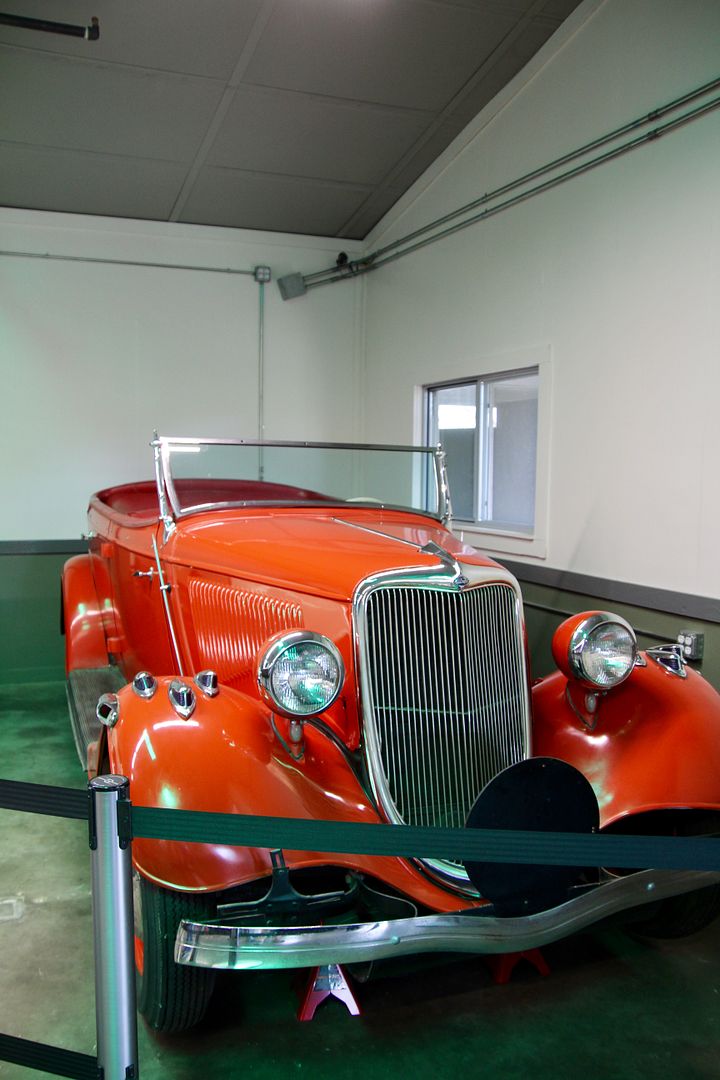
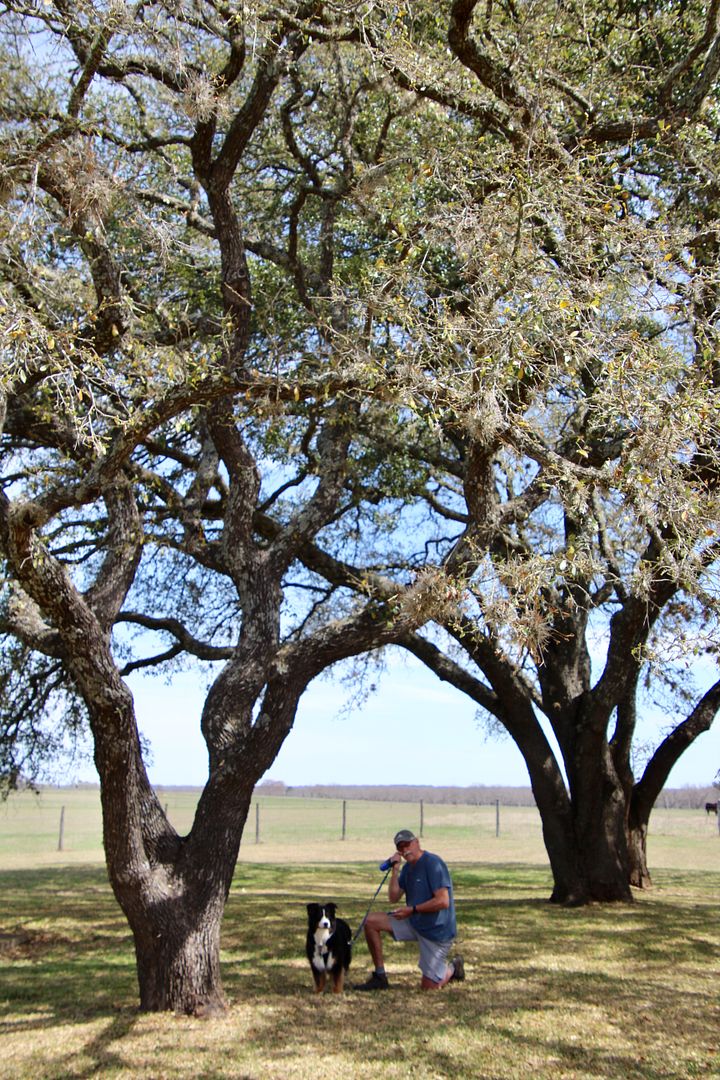
No comments:
Post a Comment